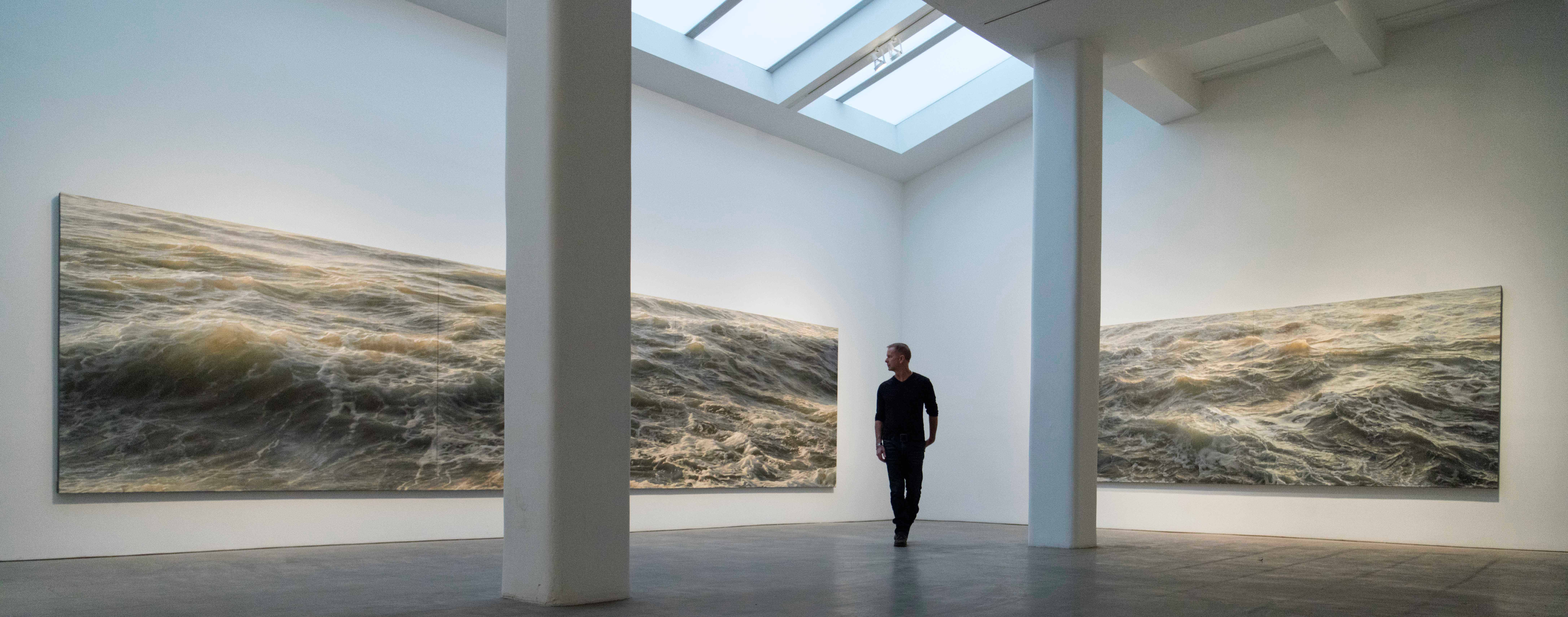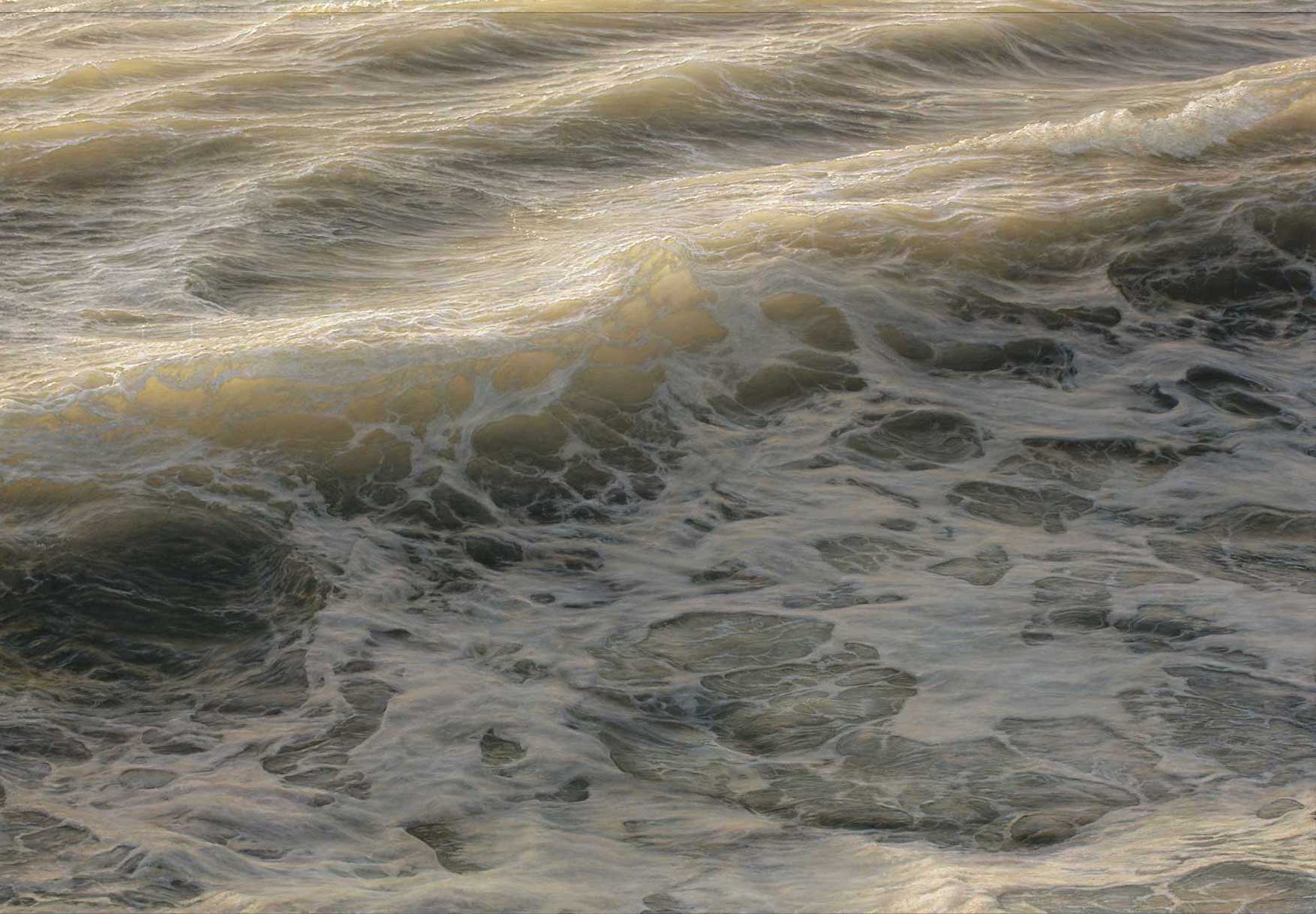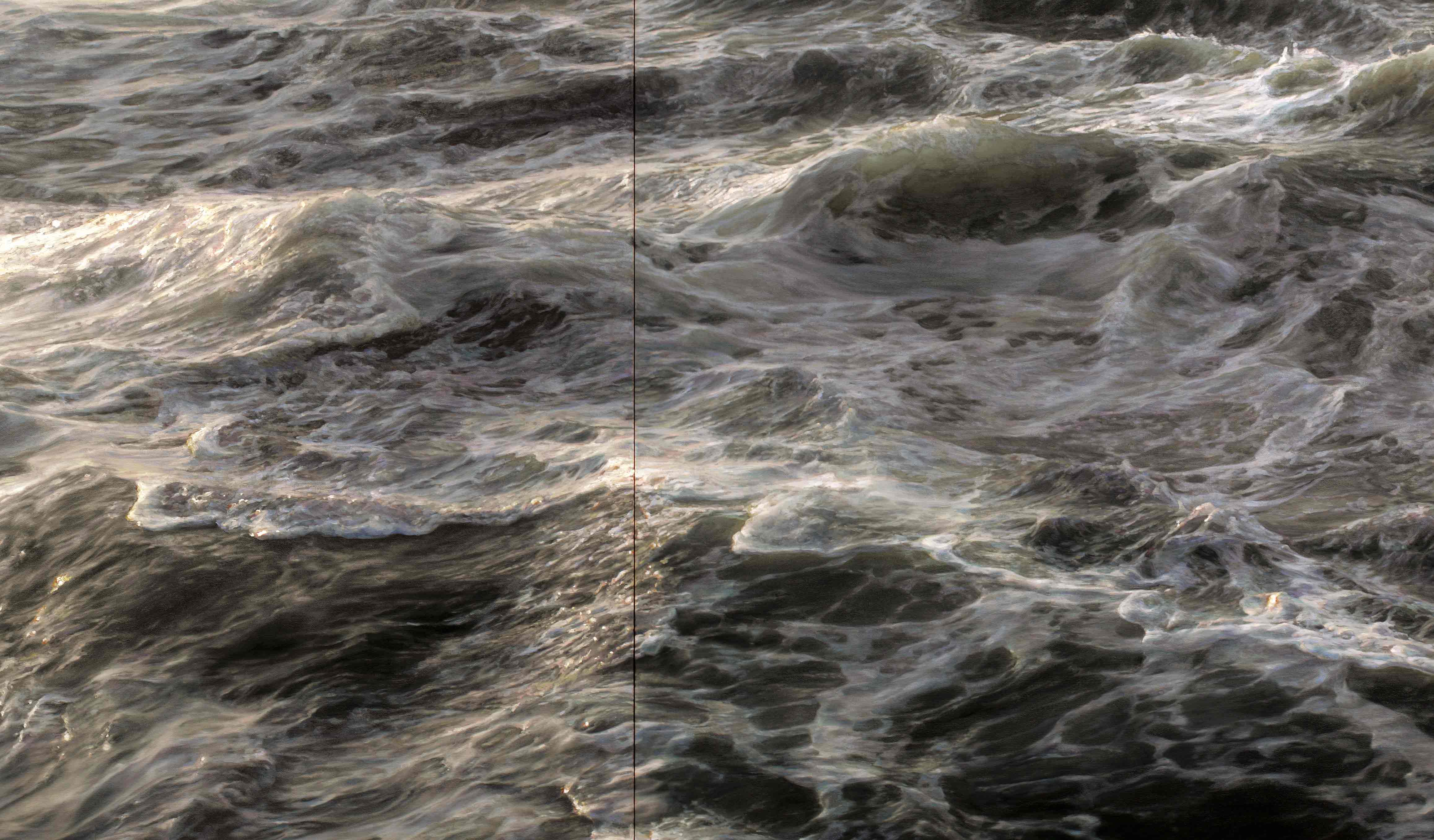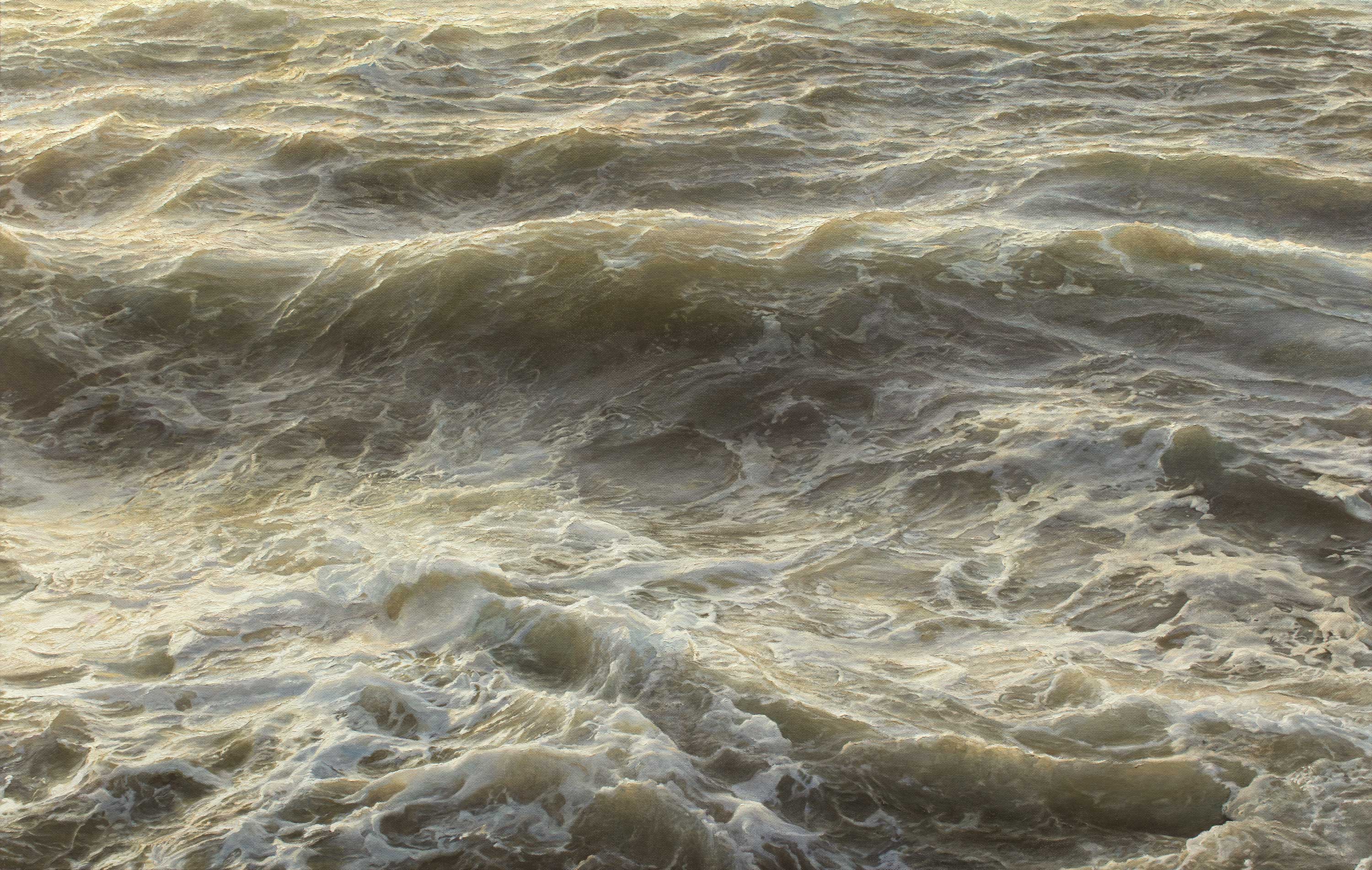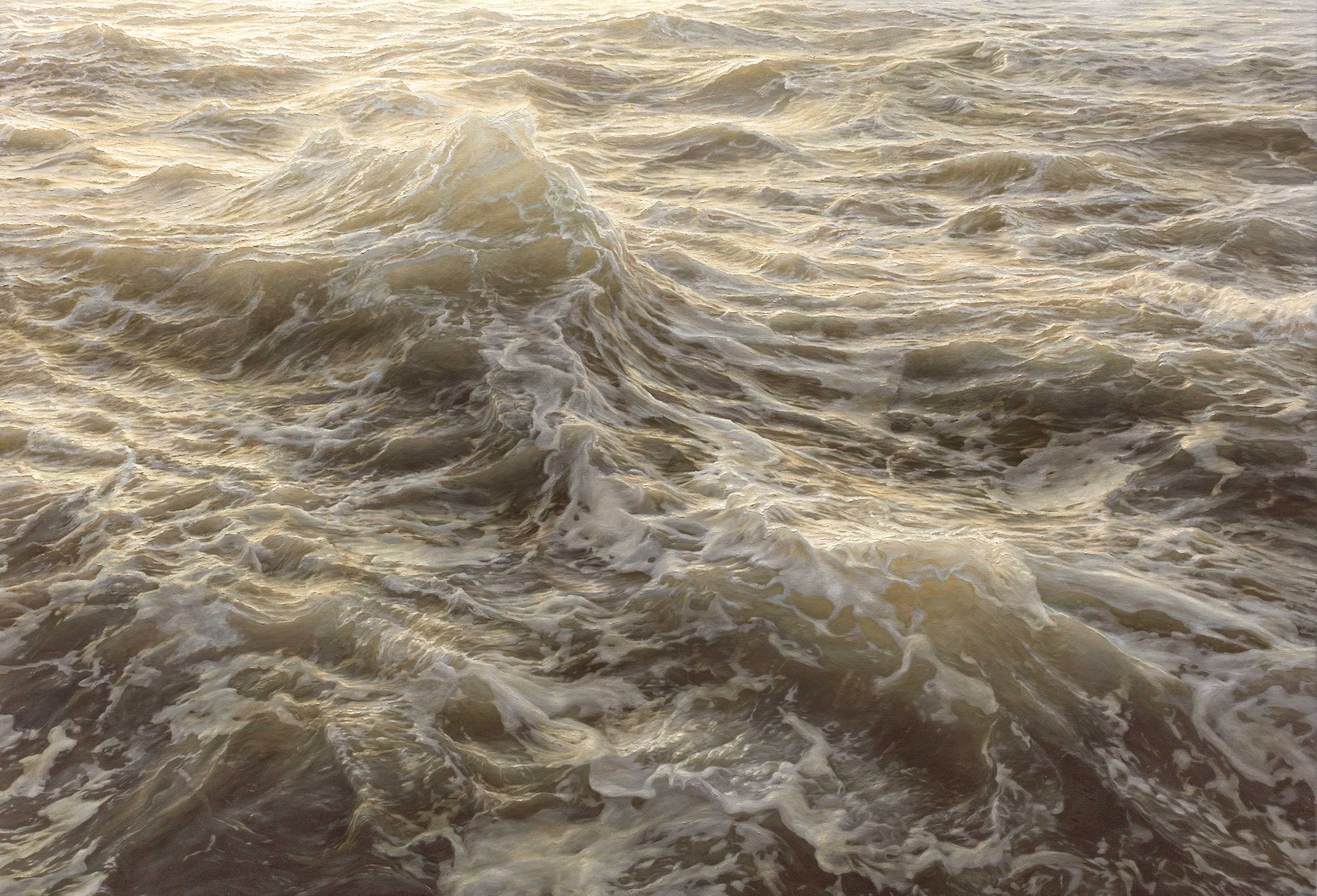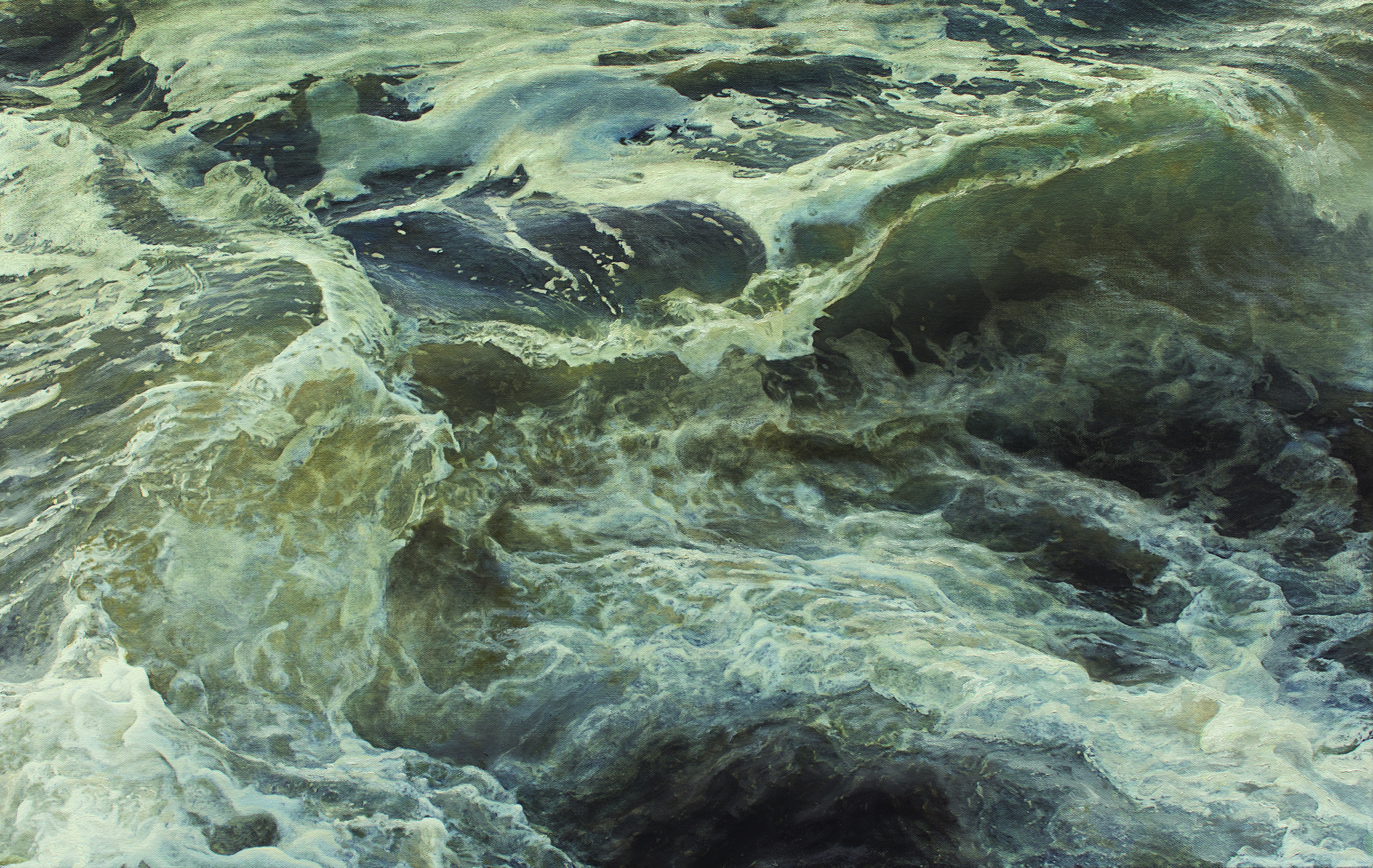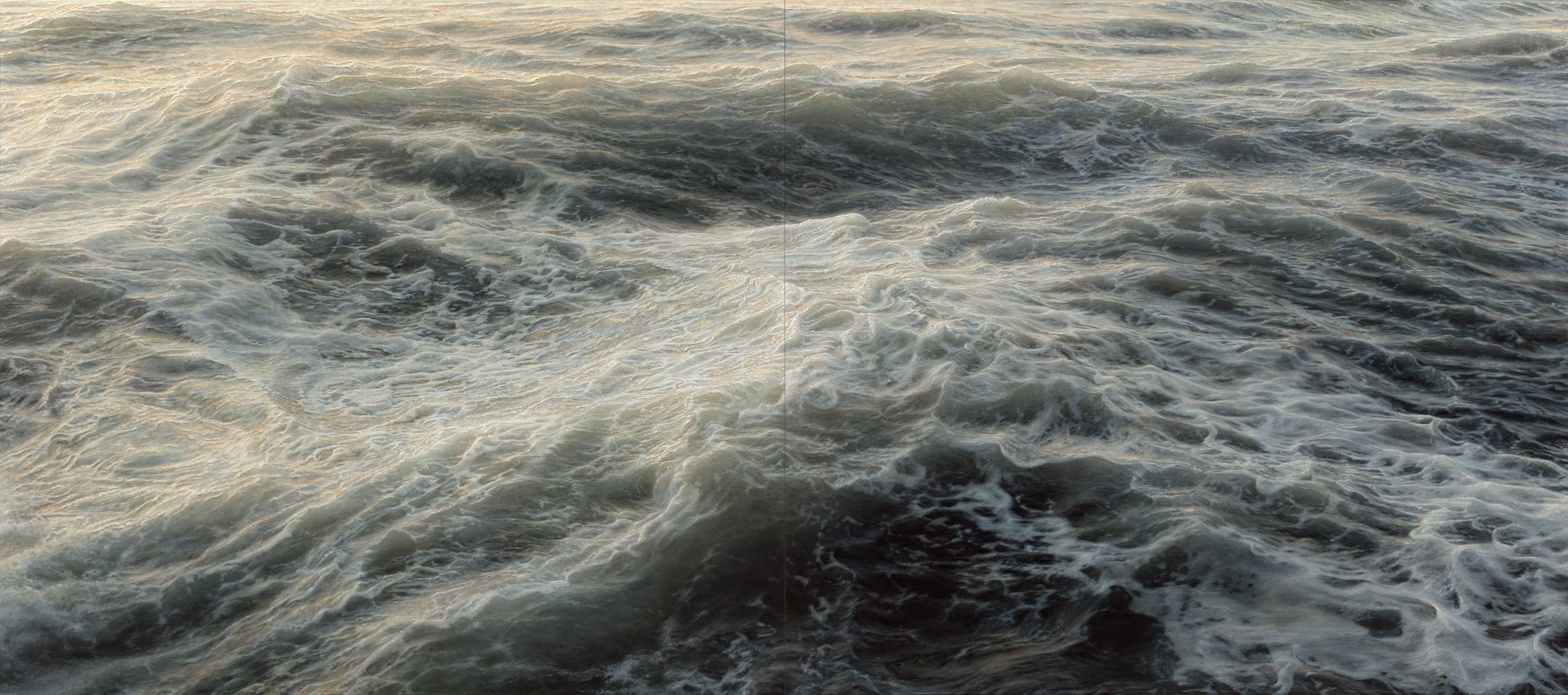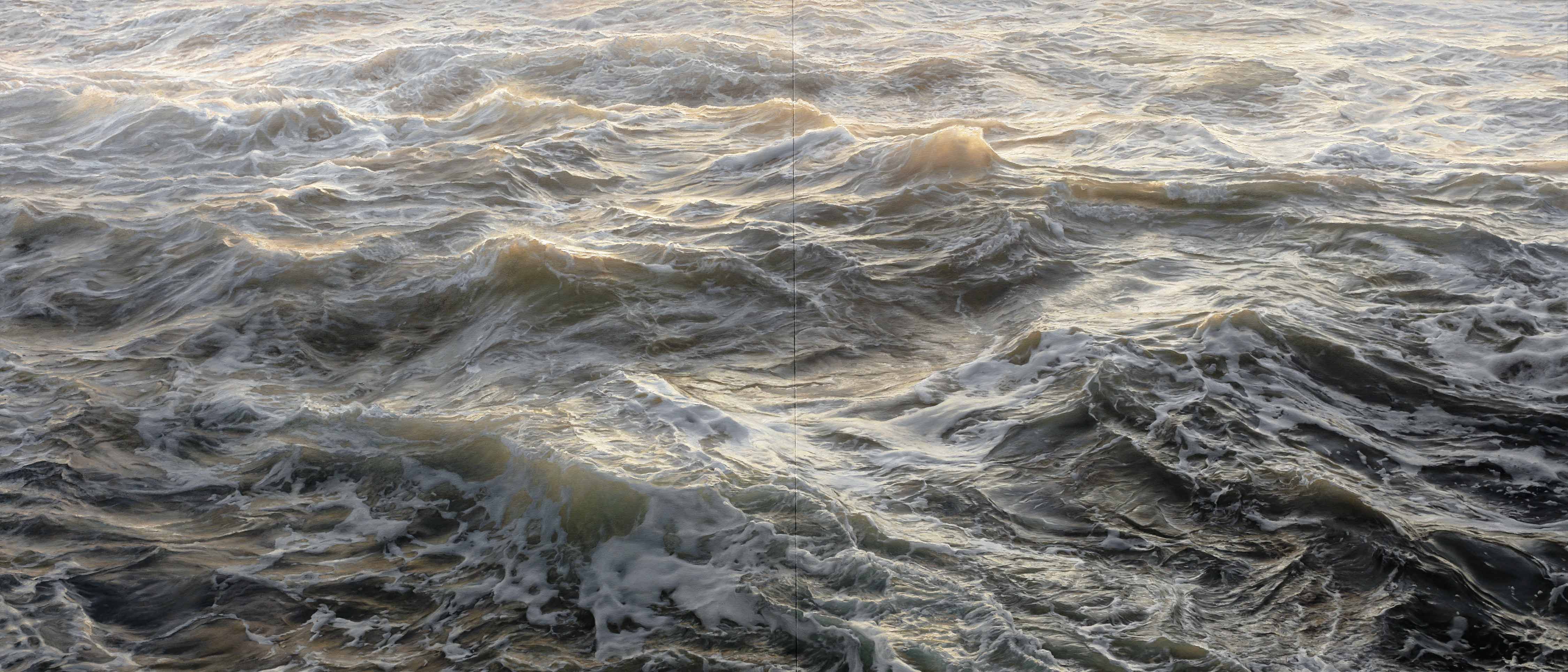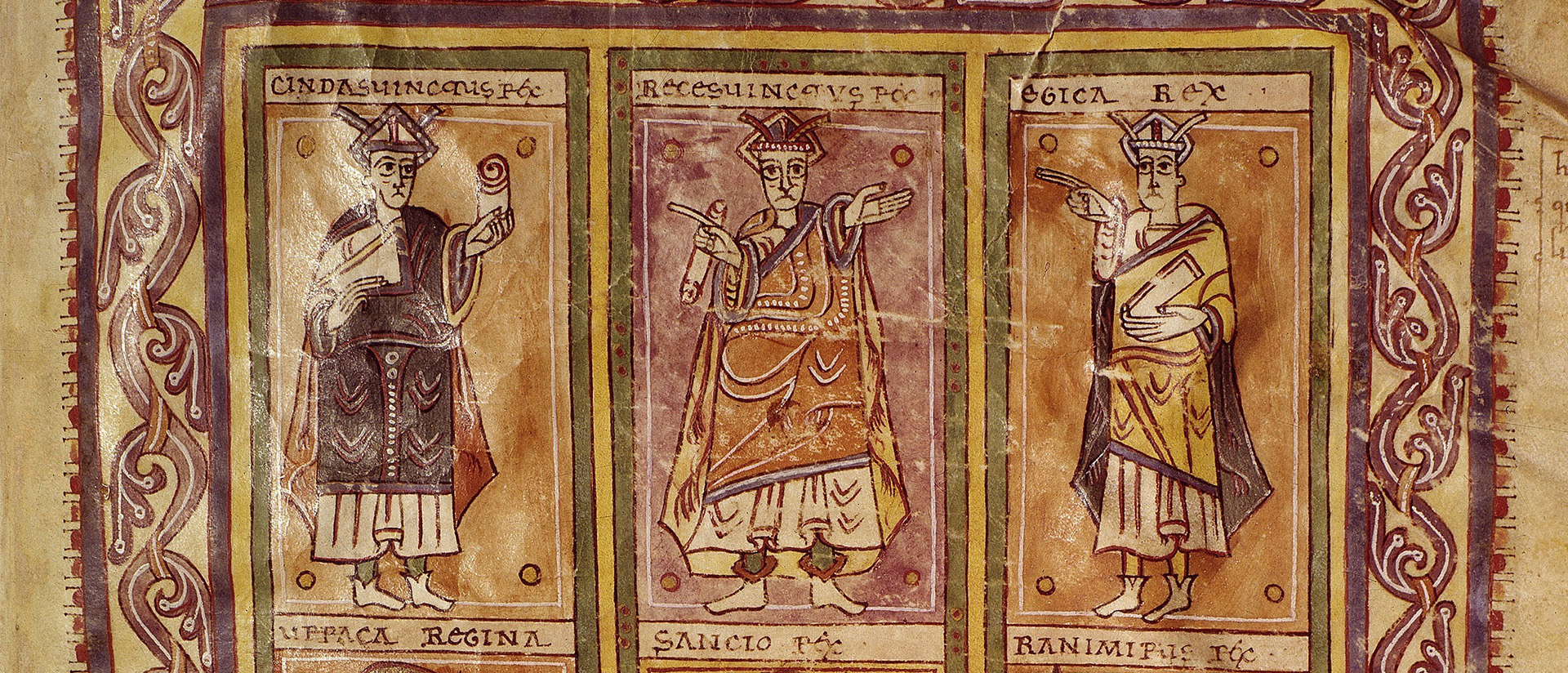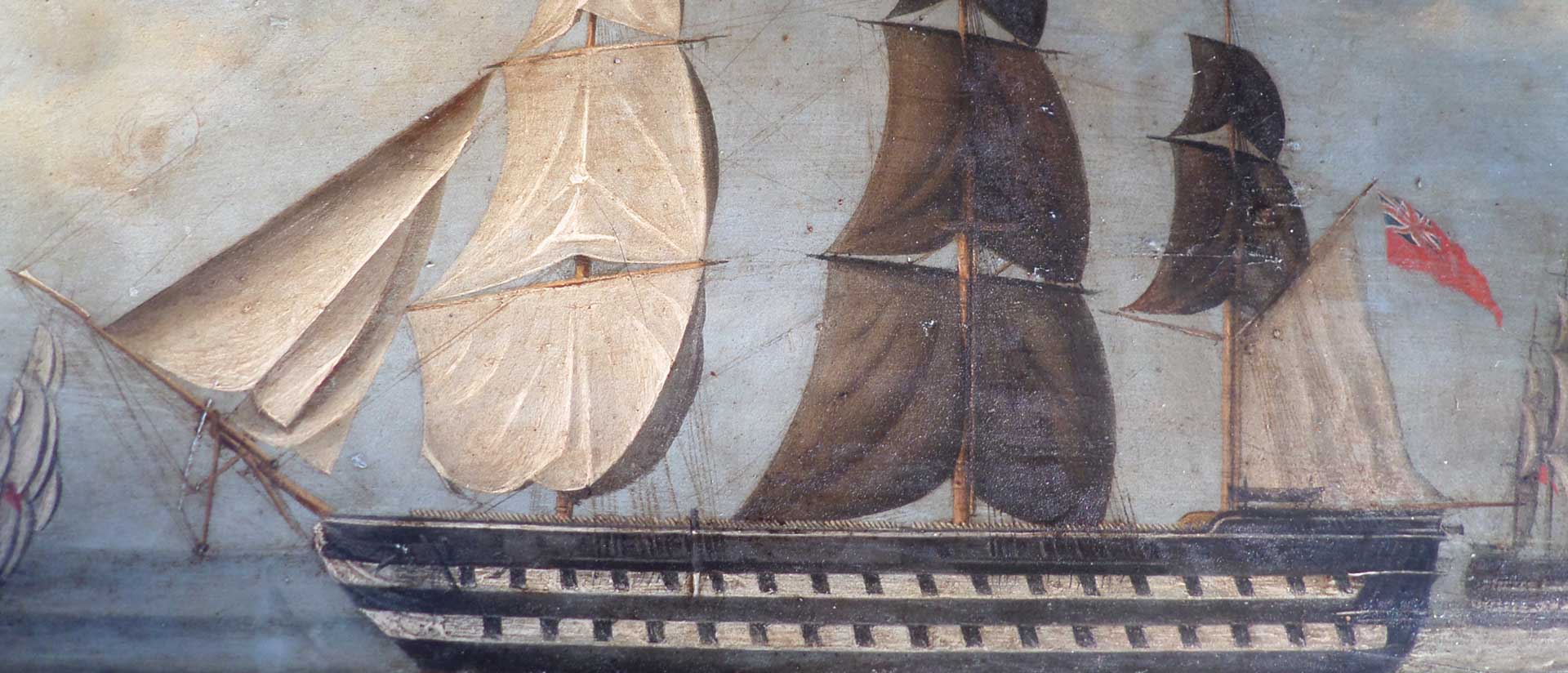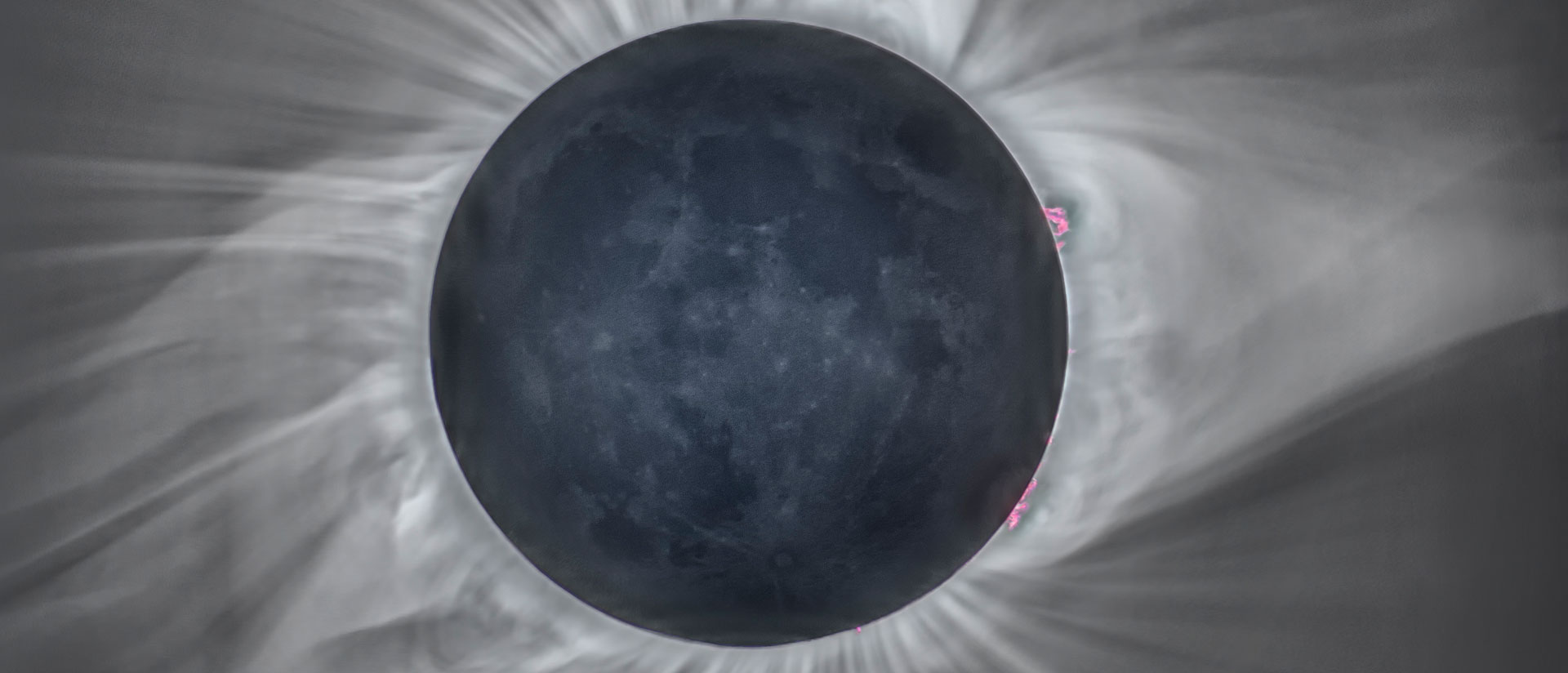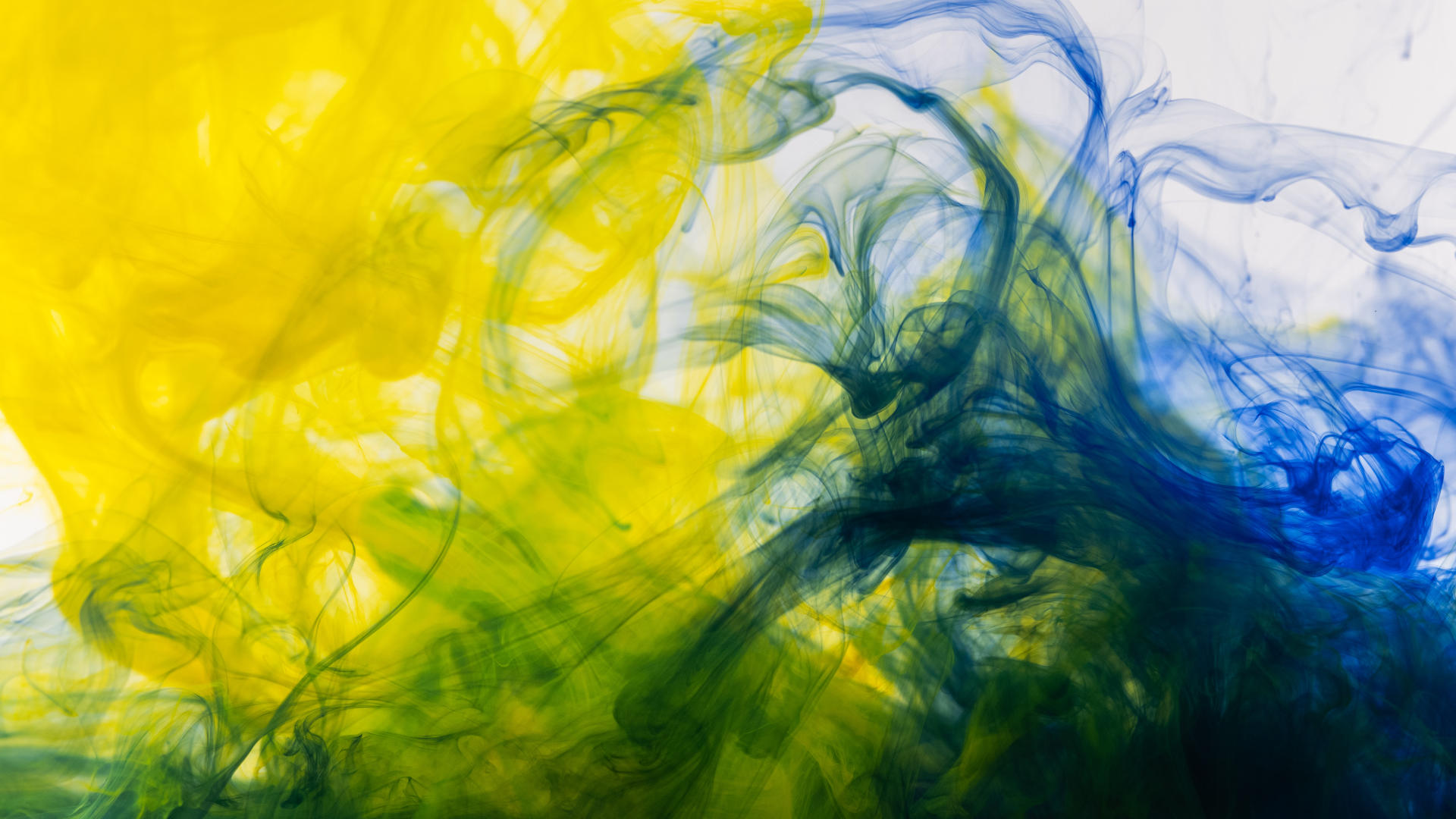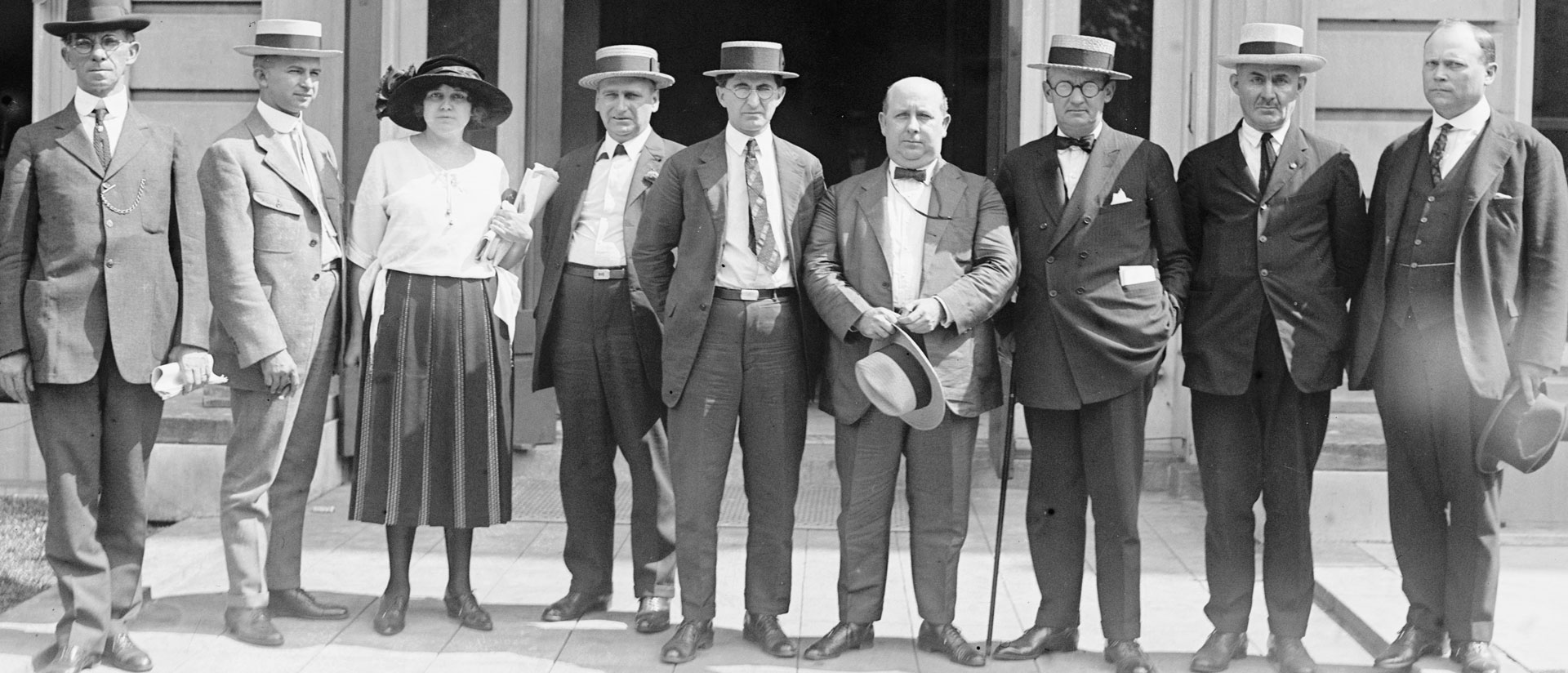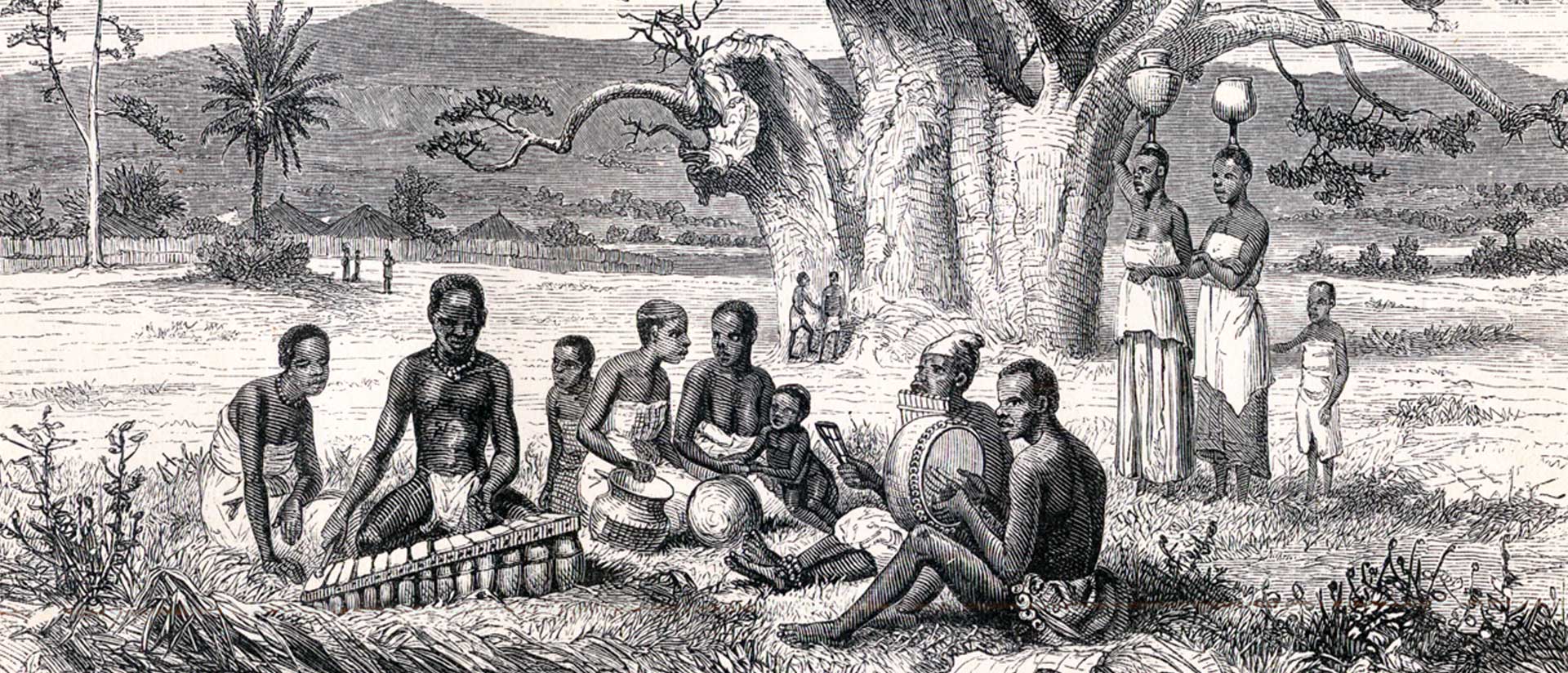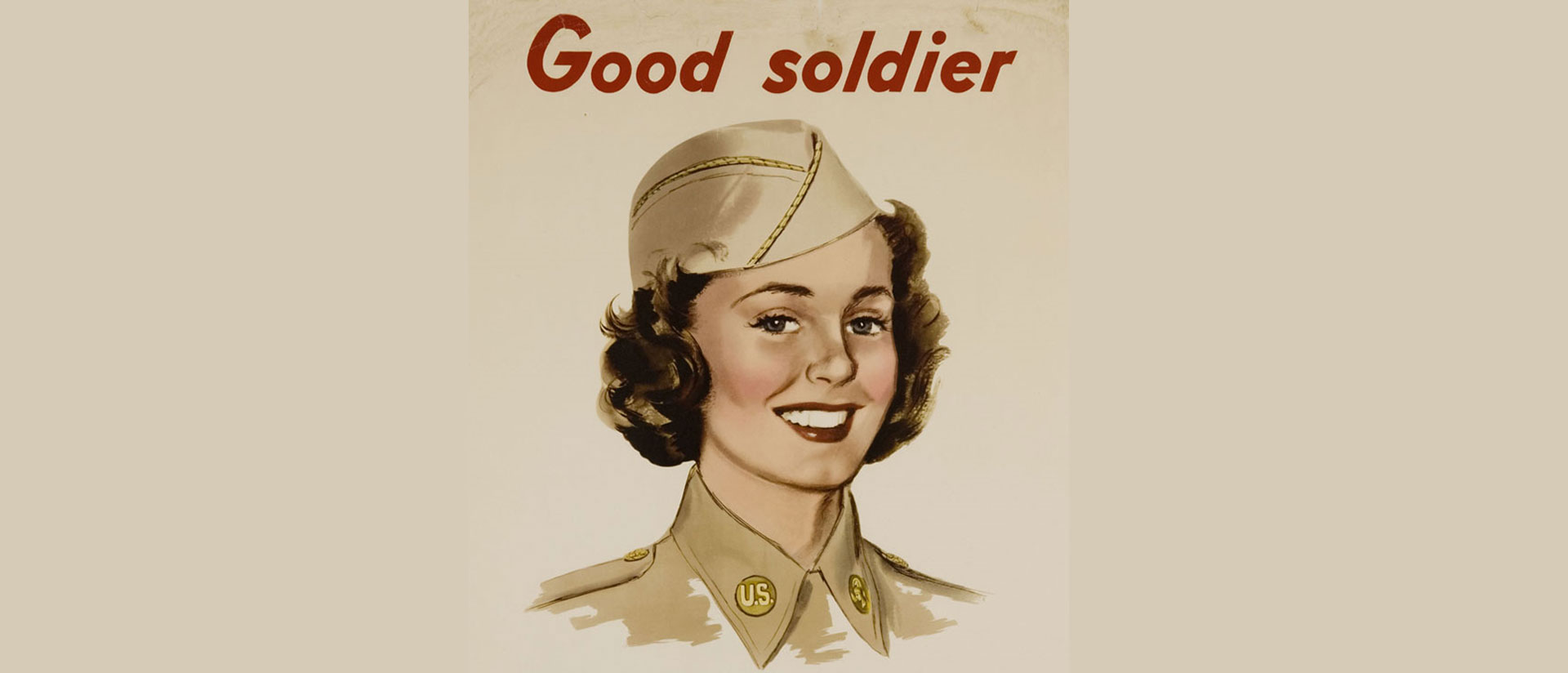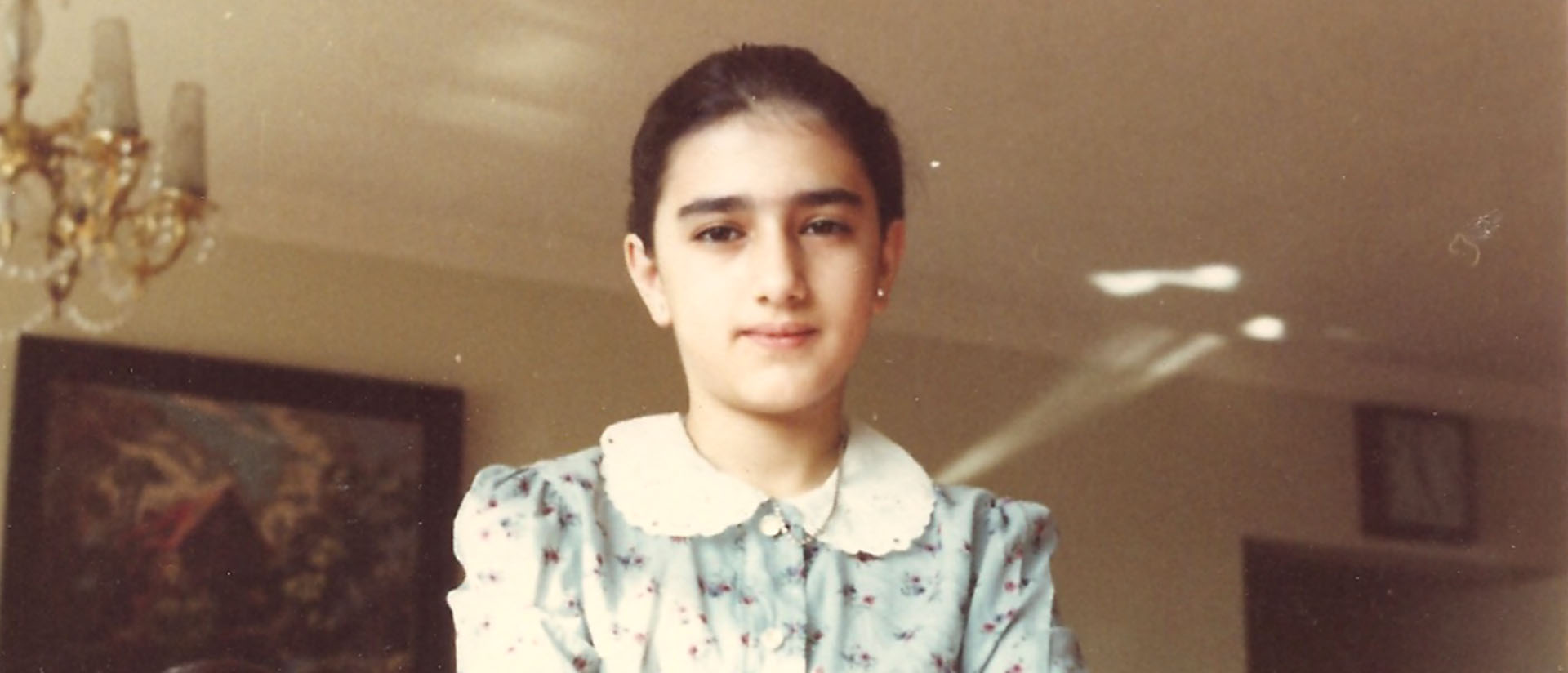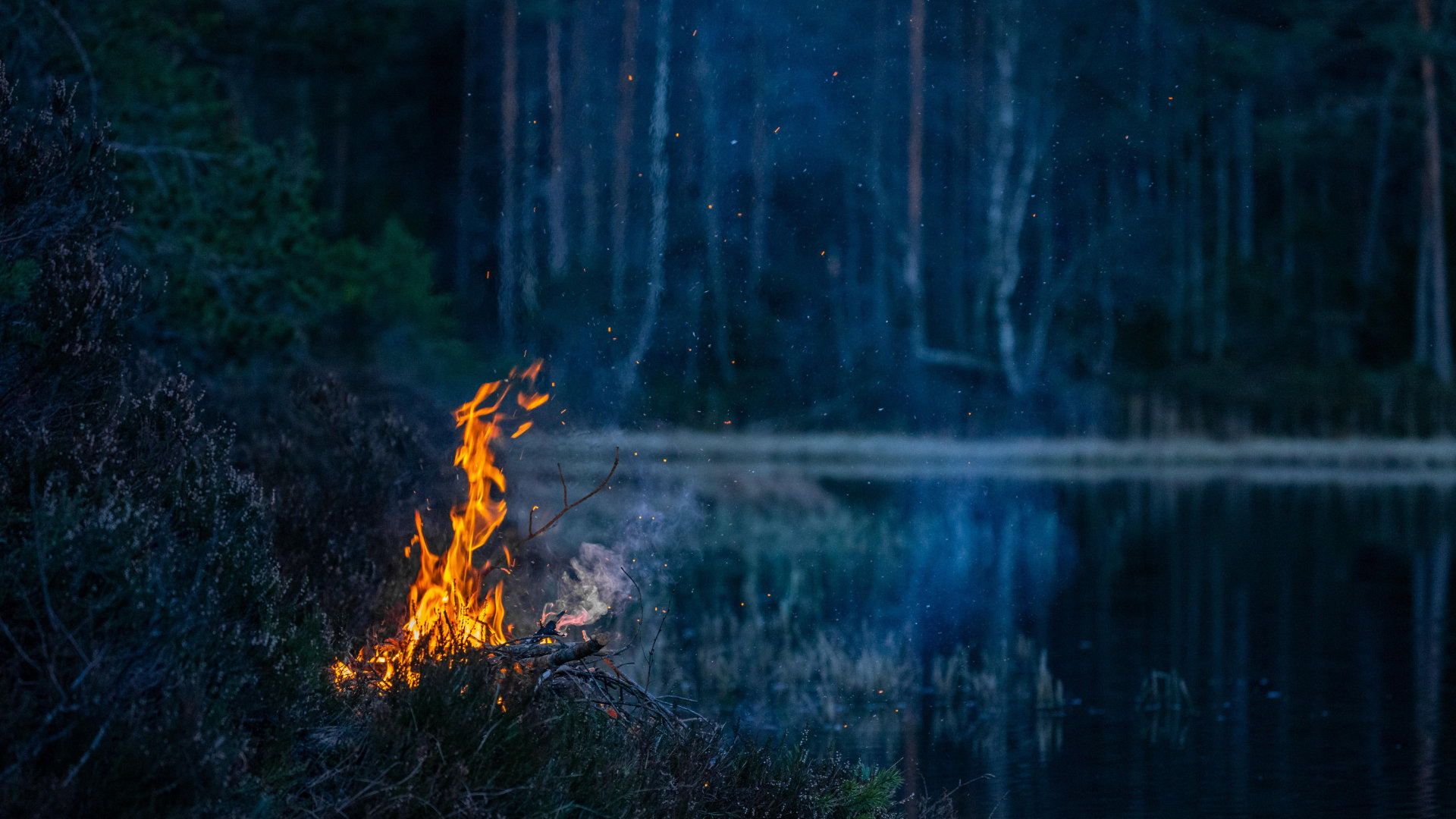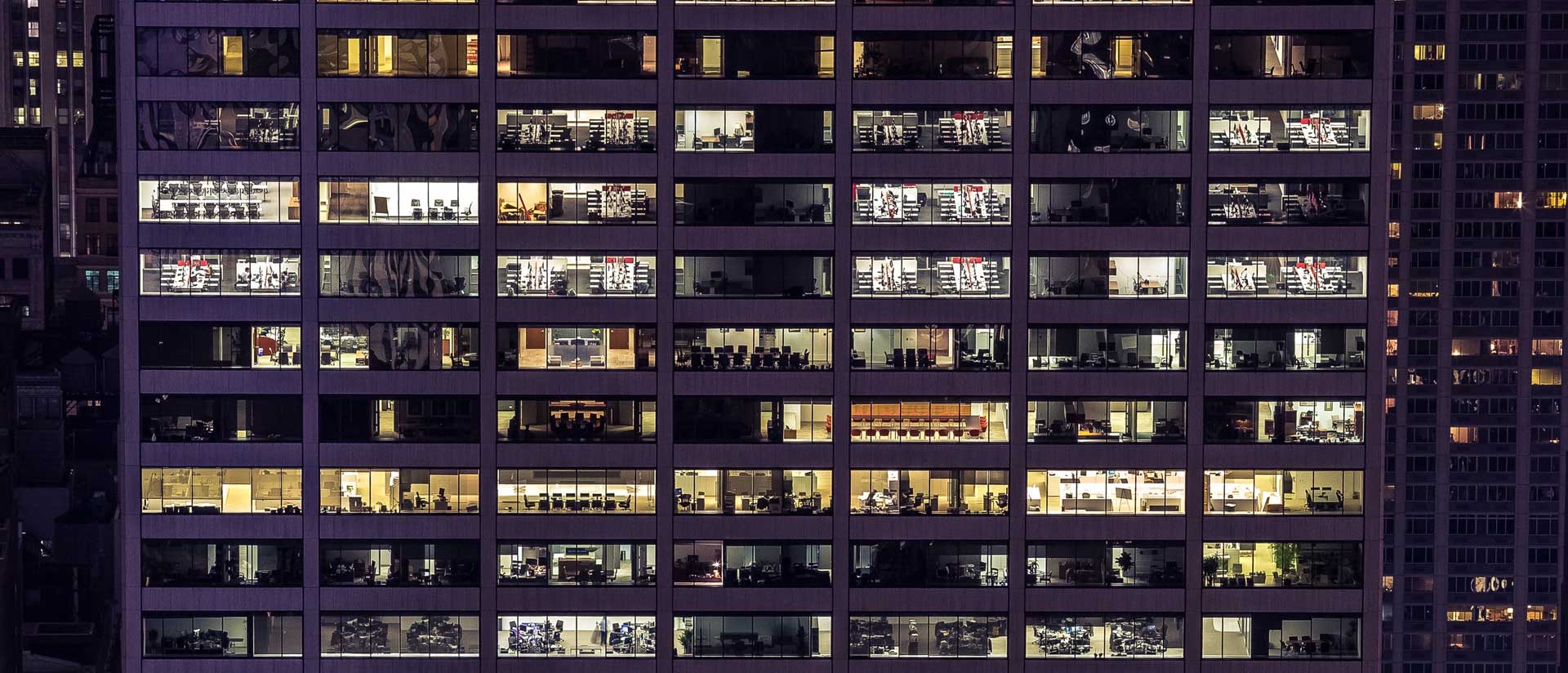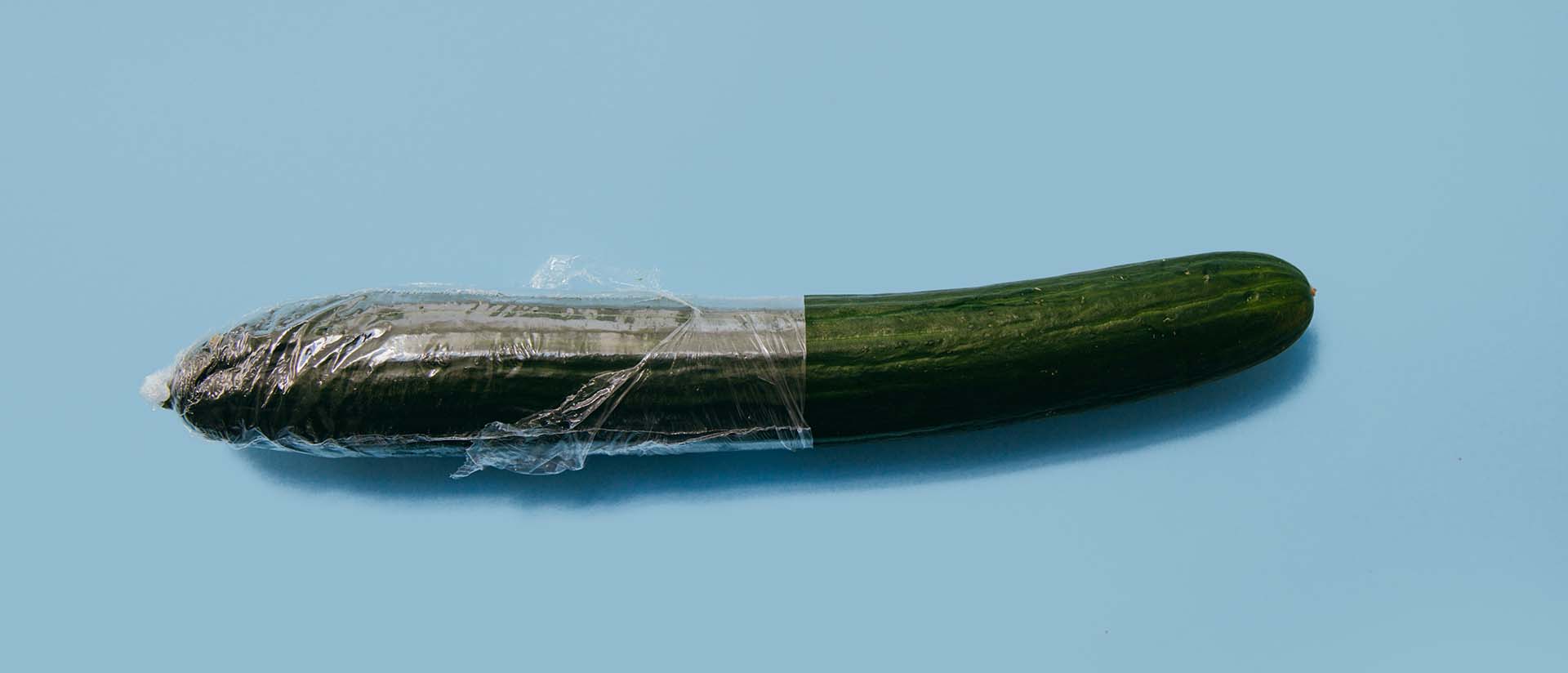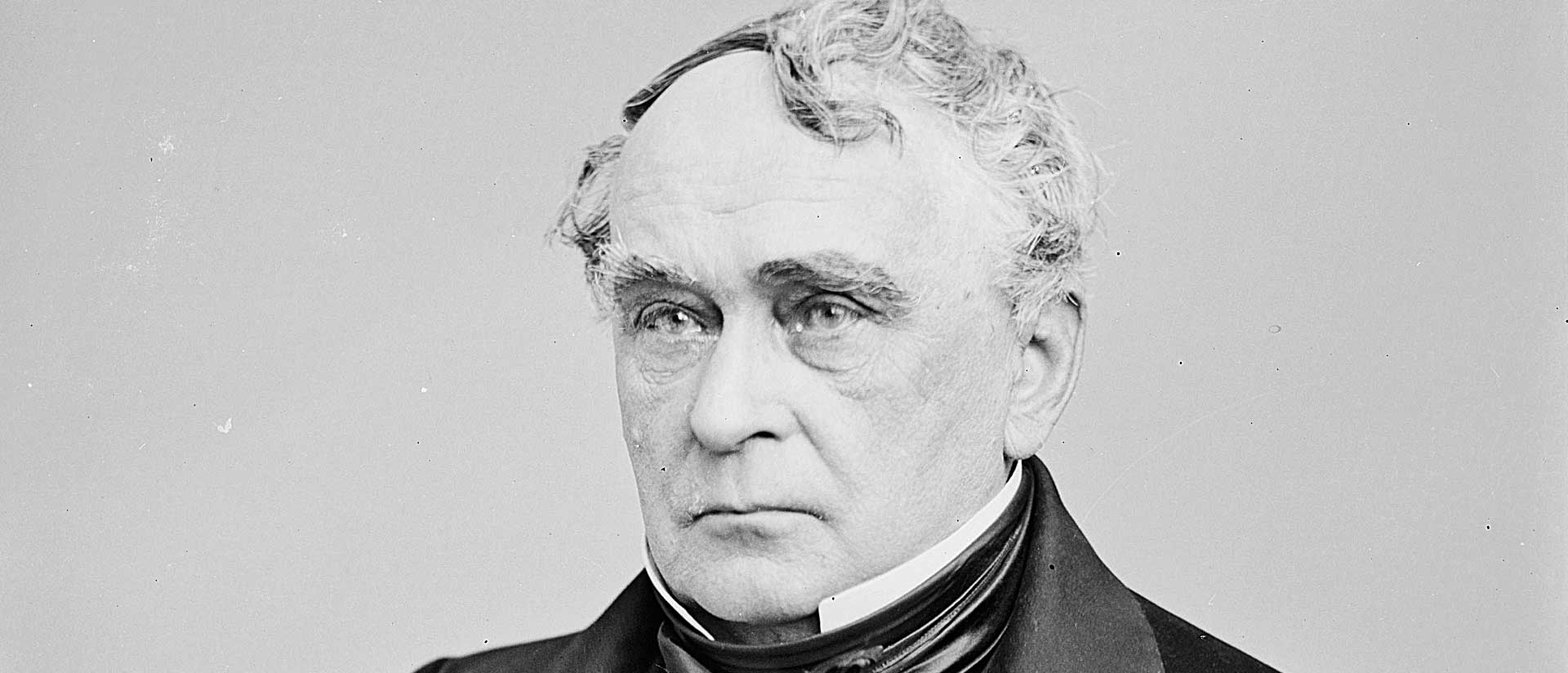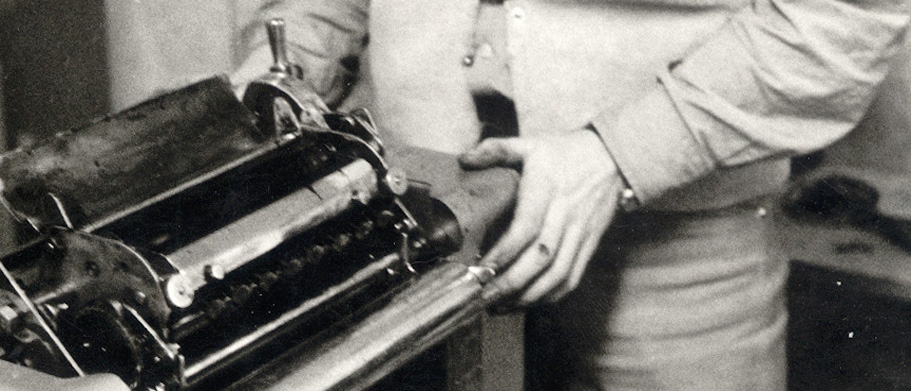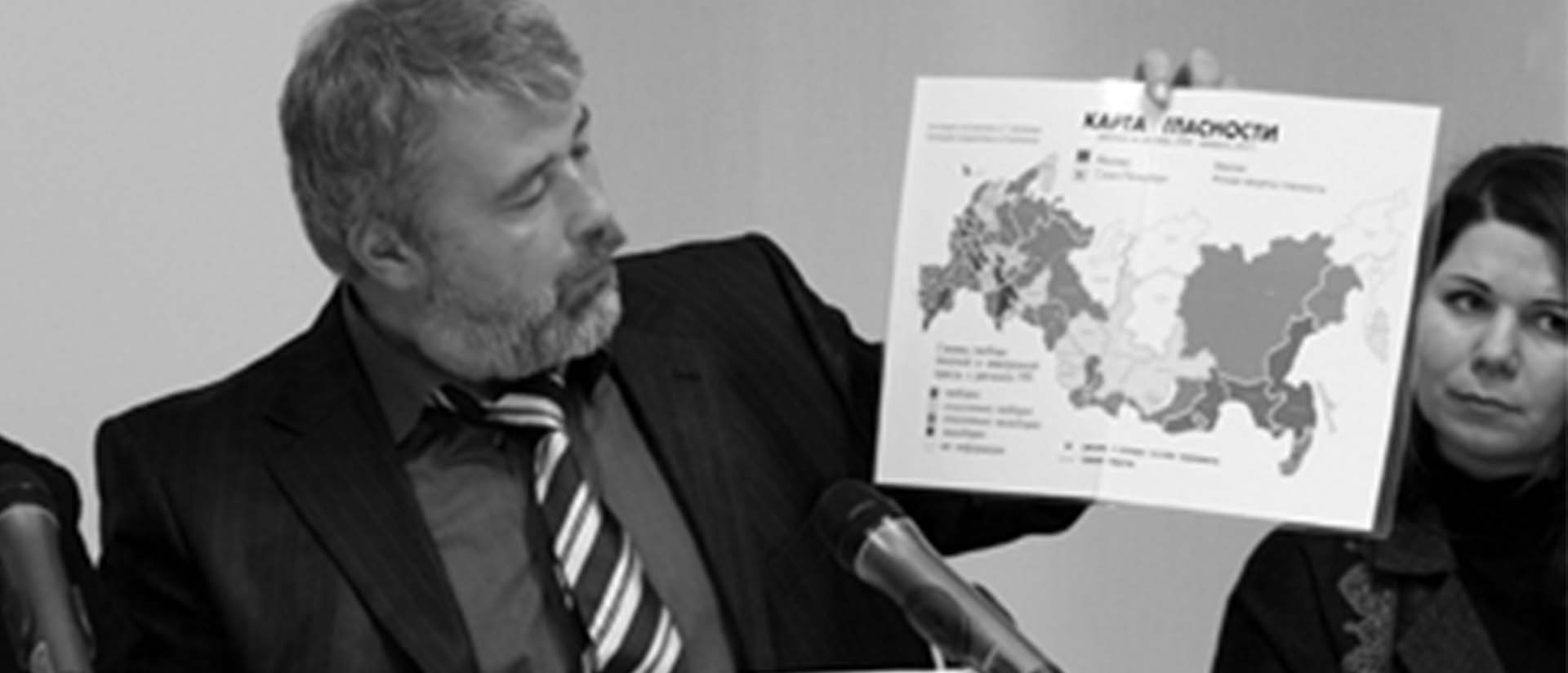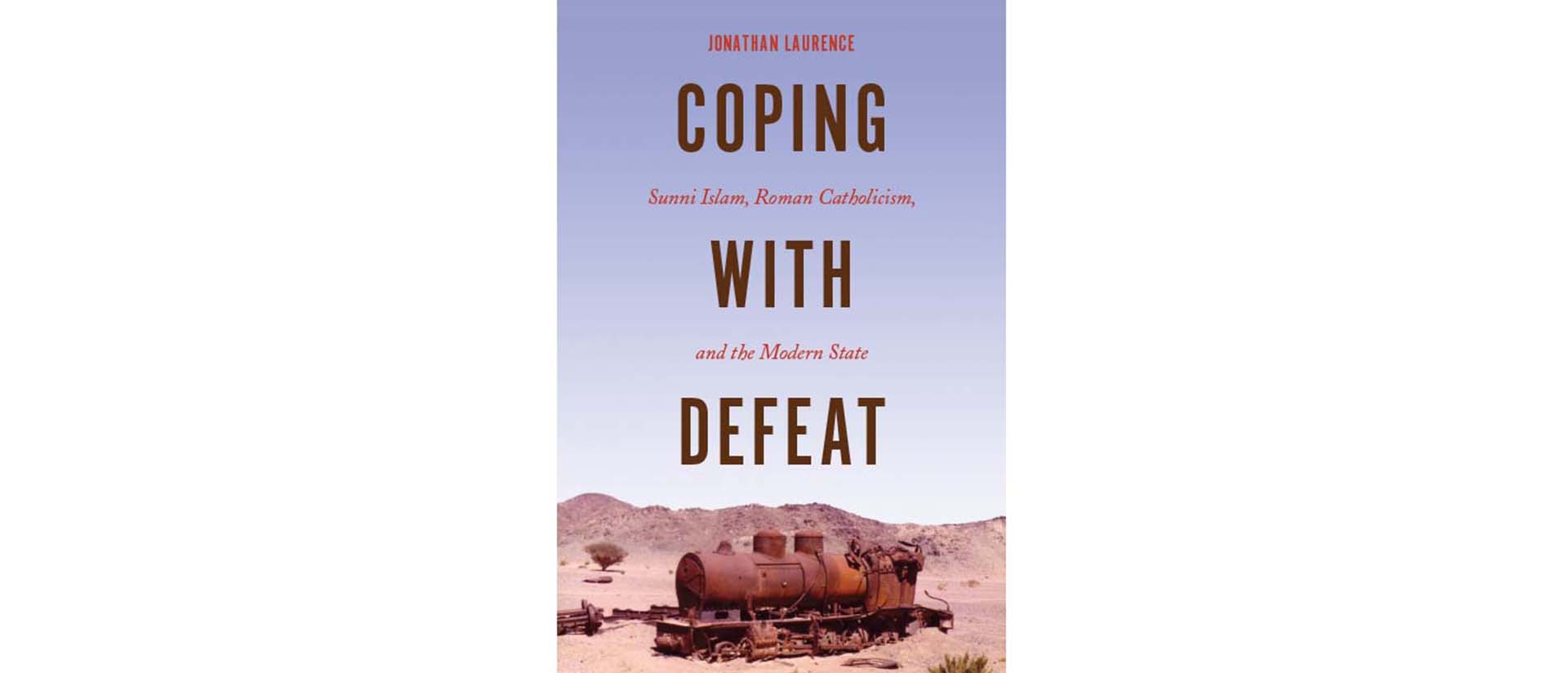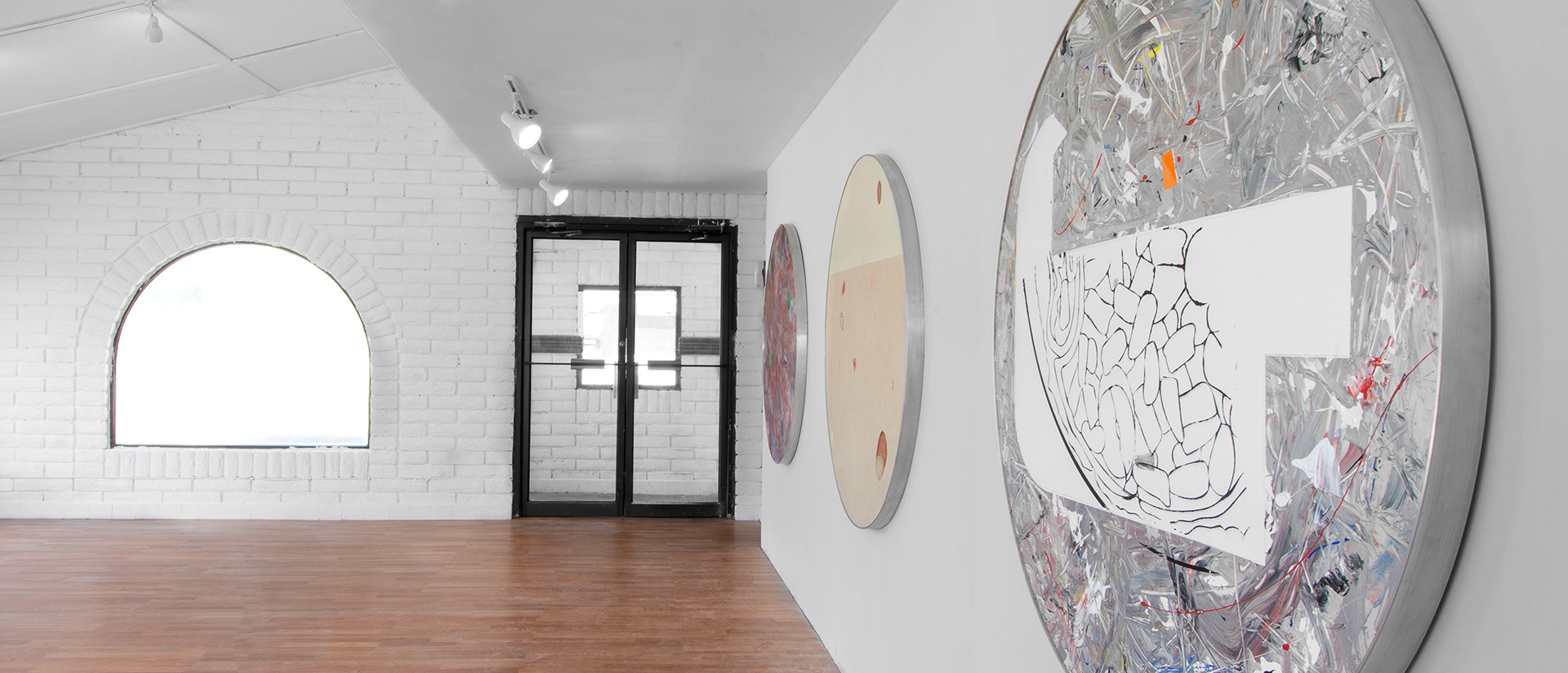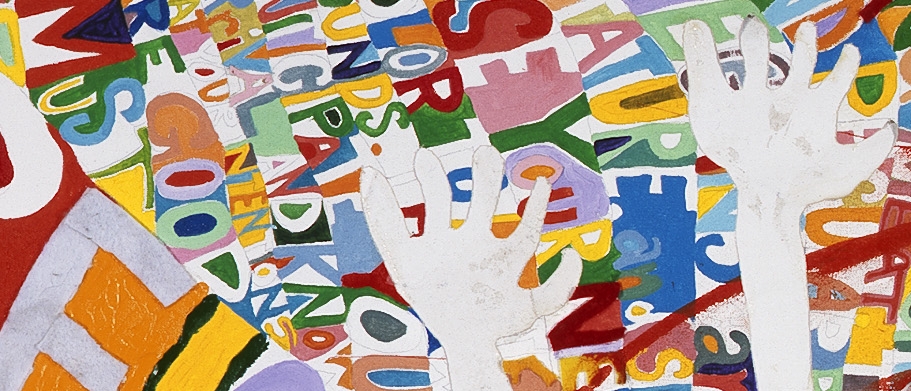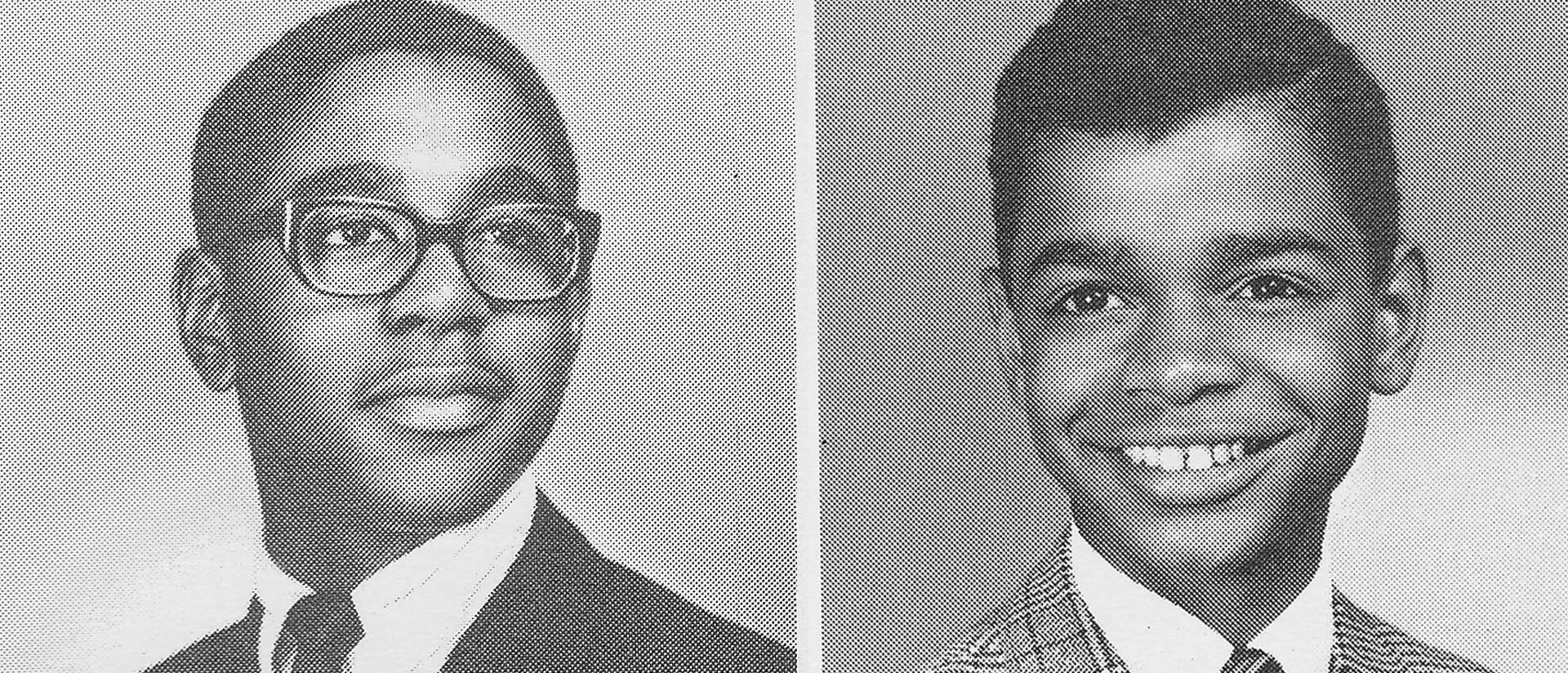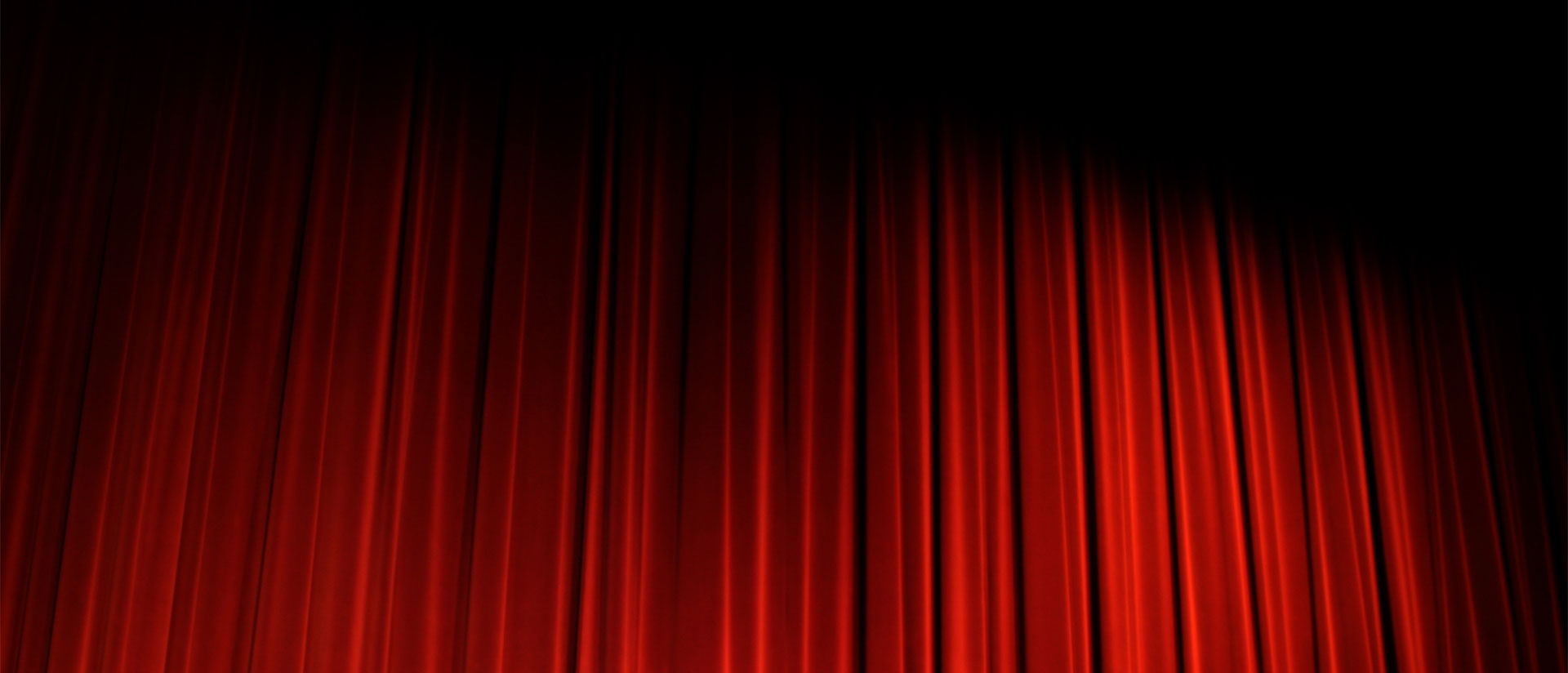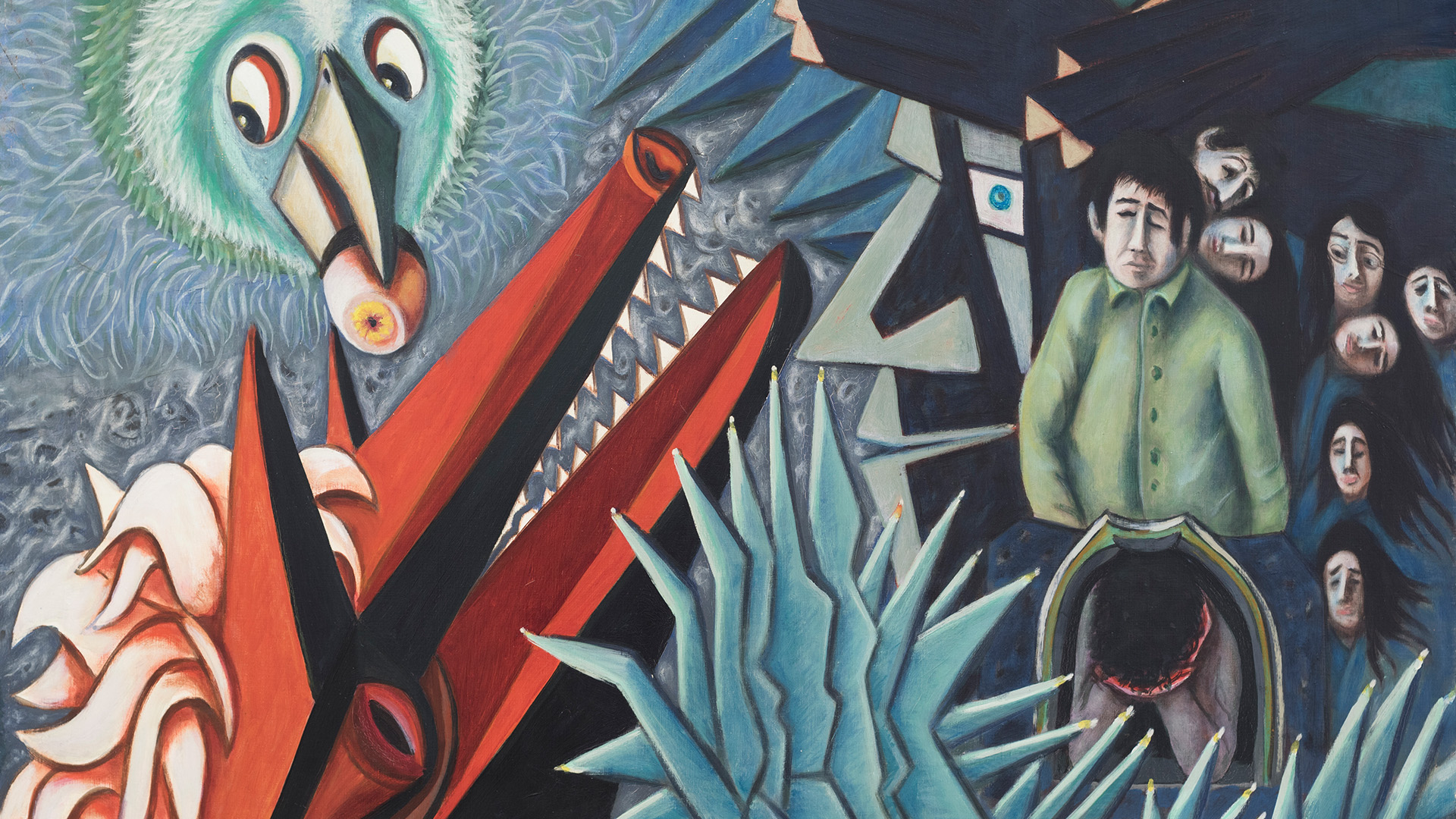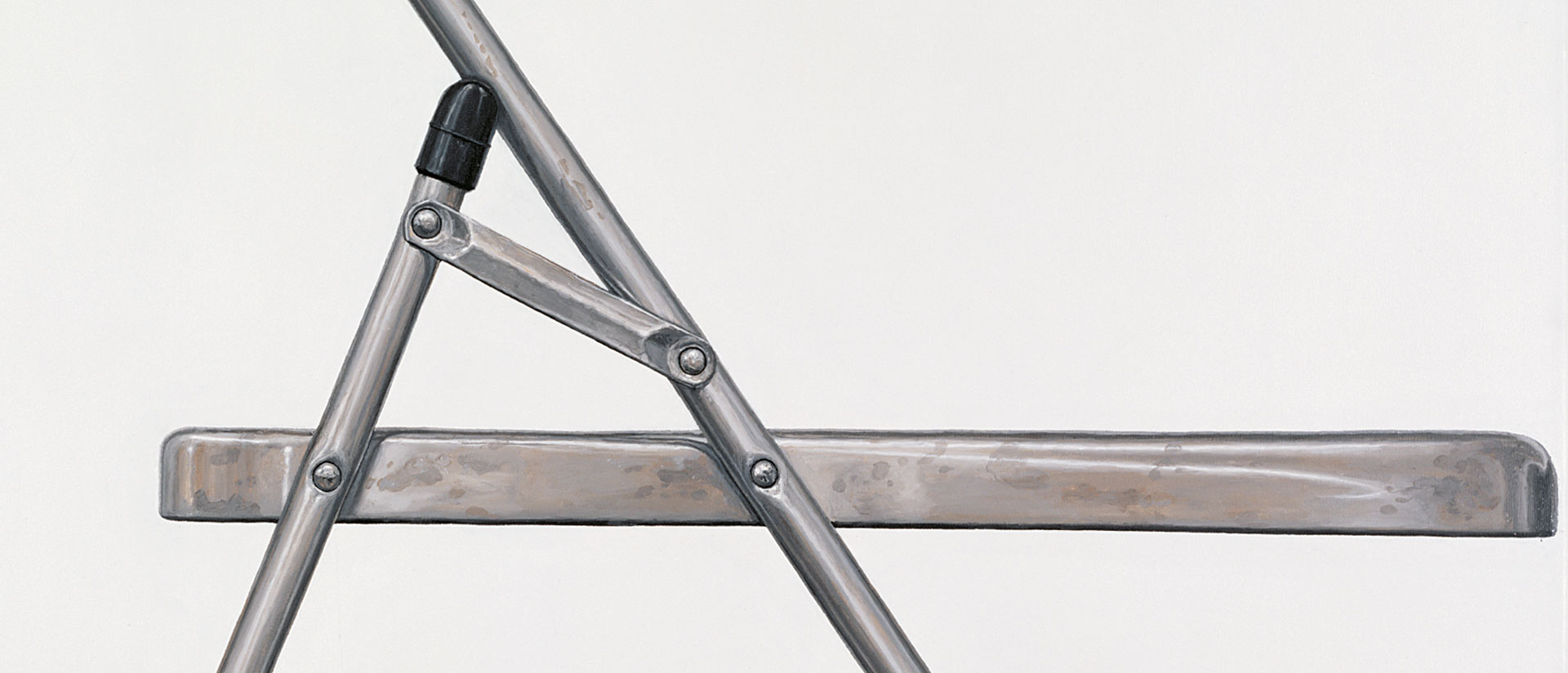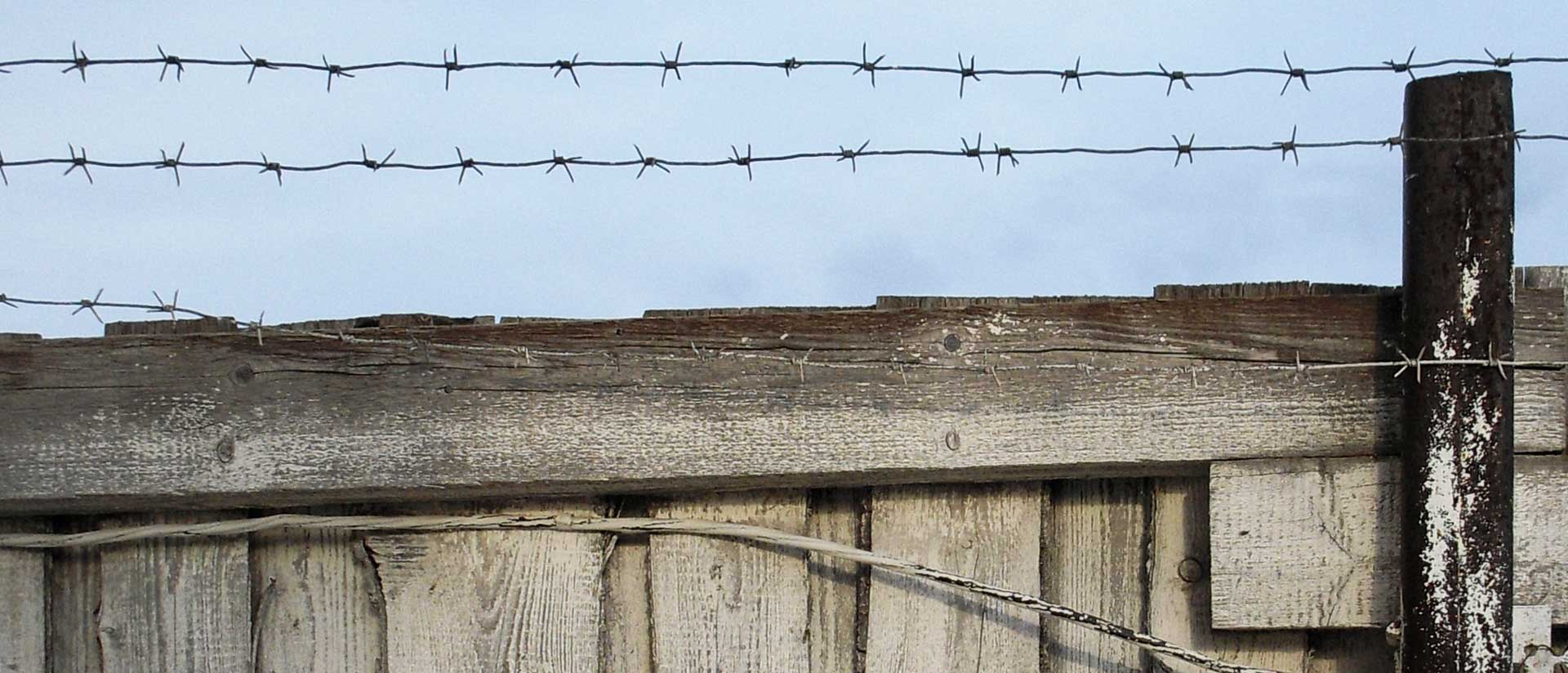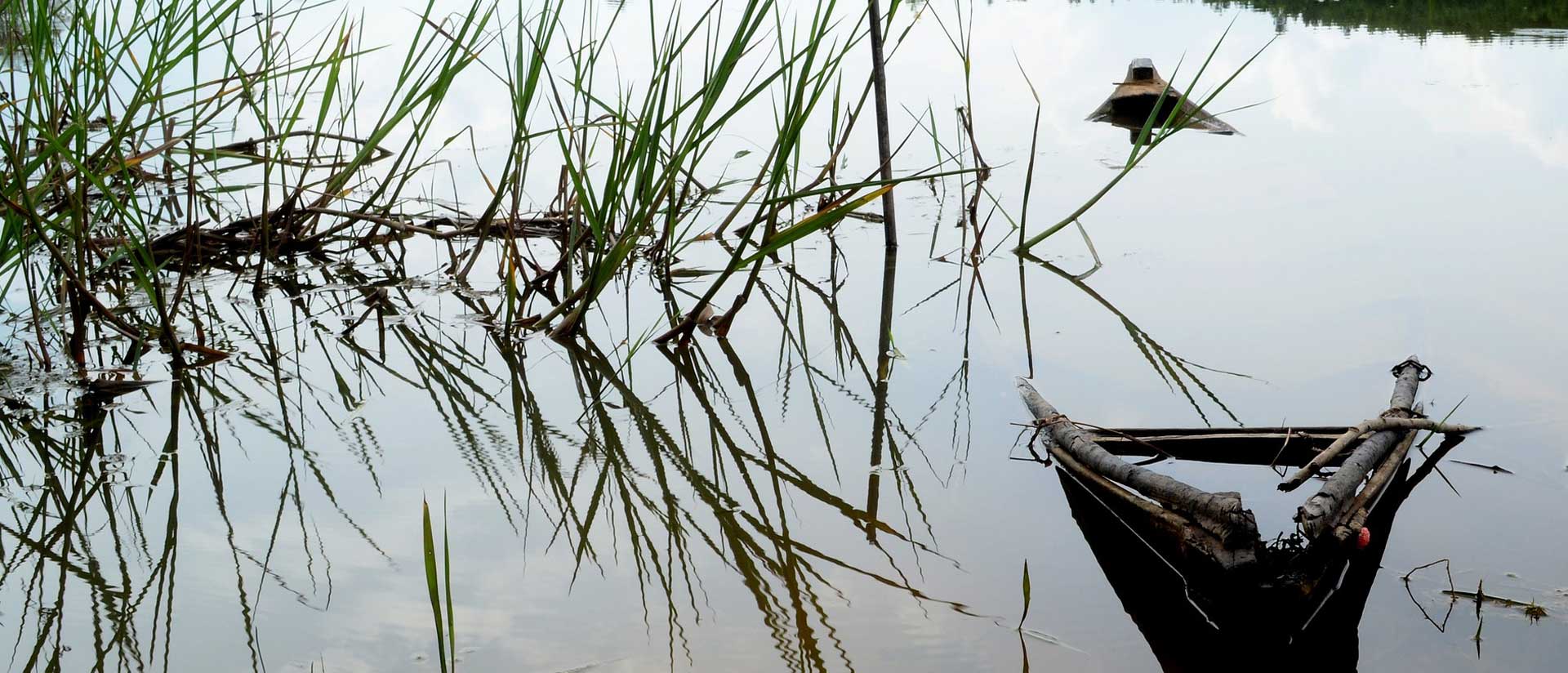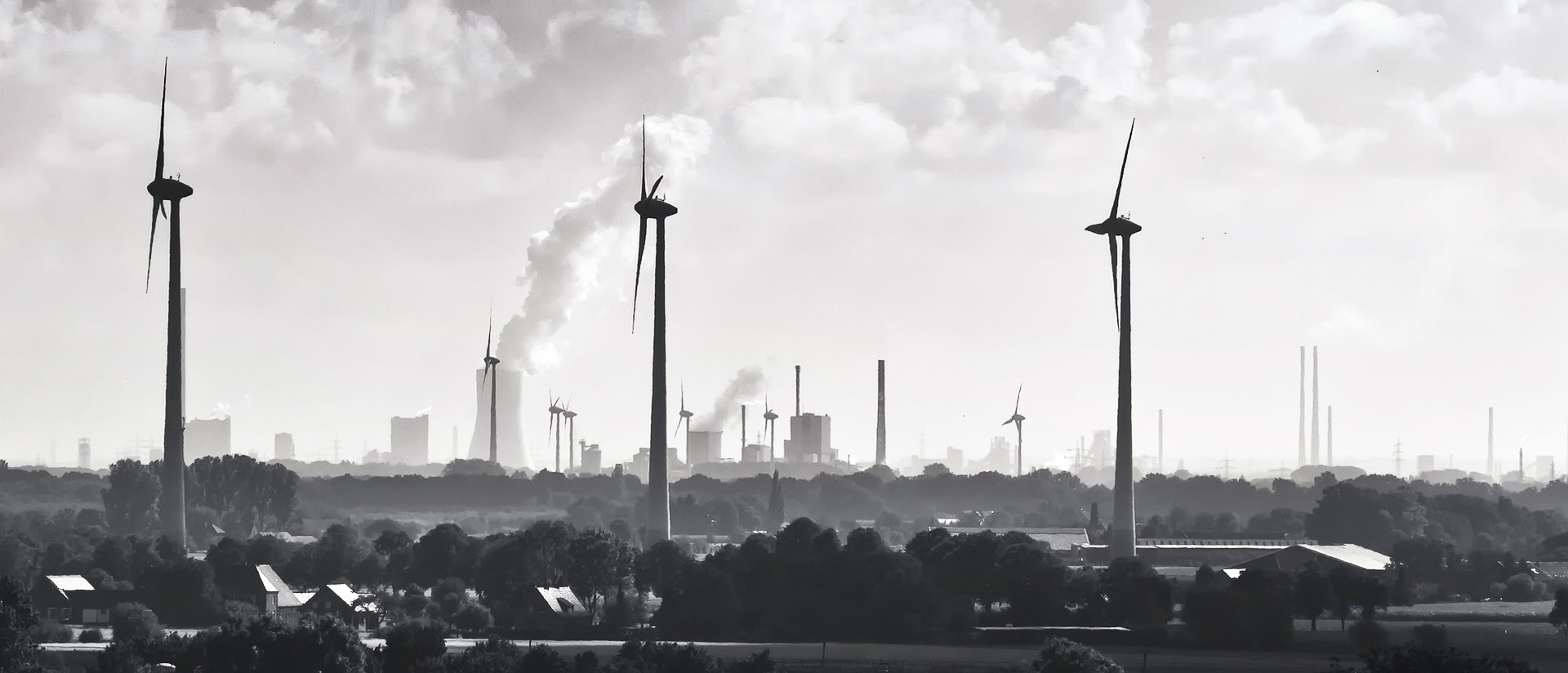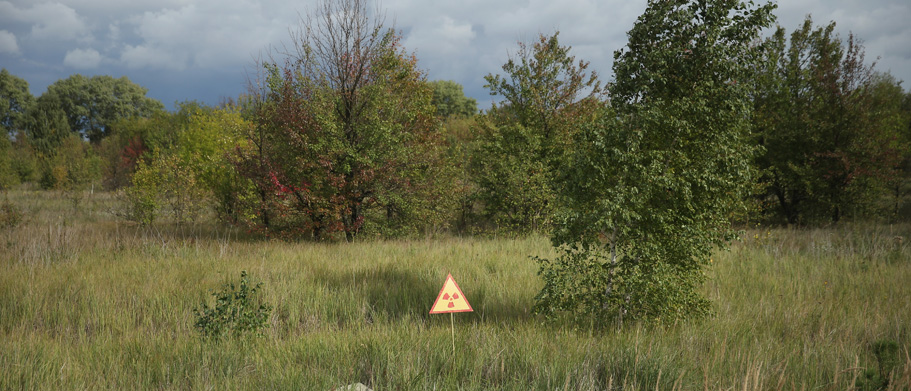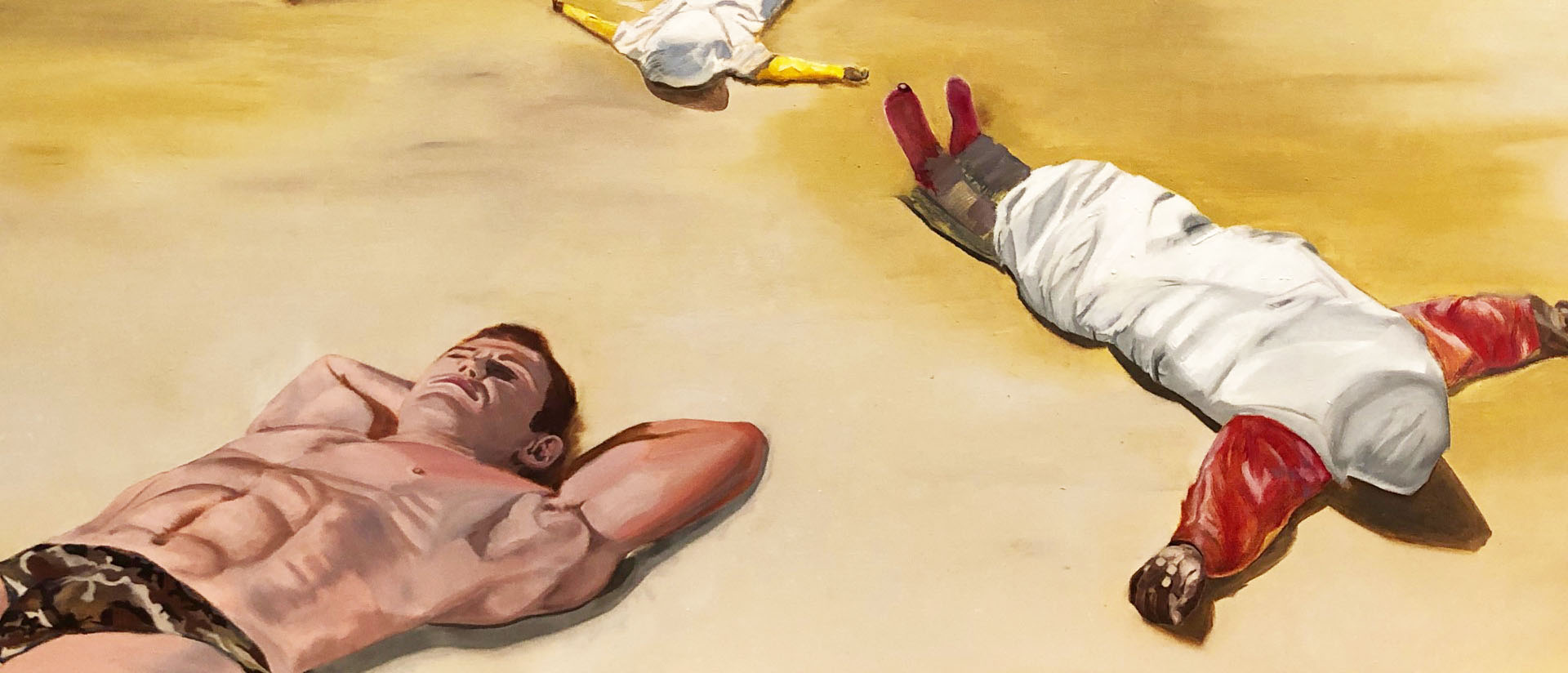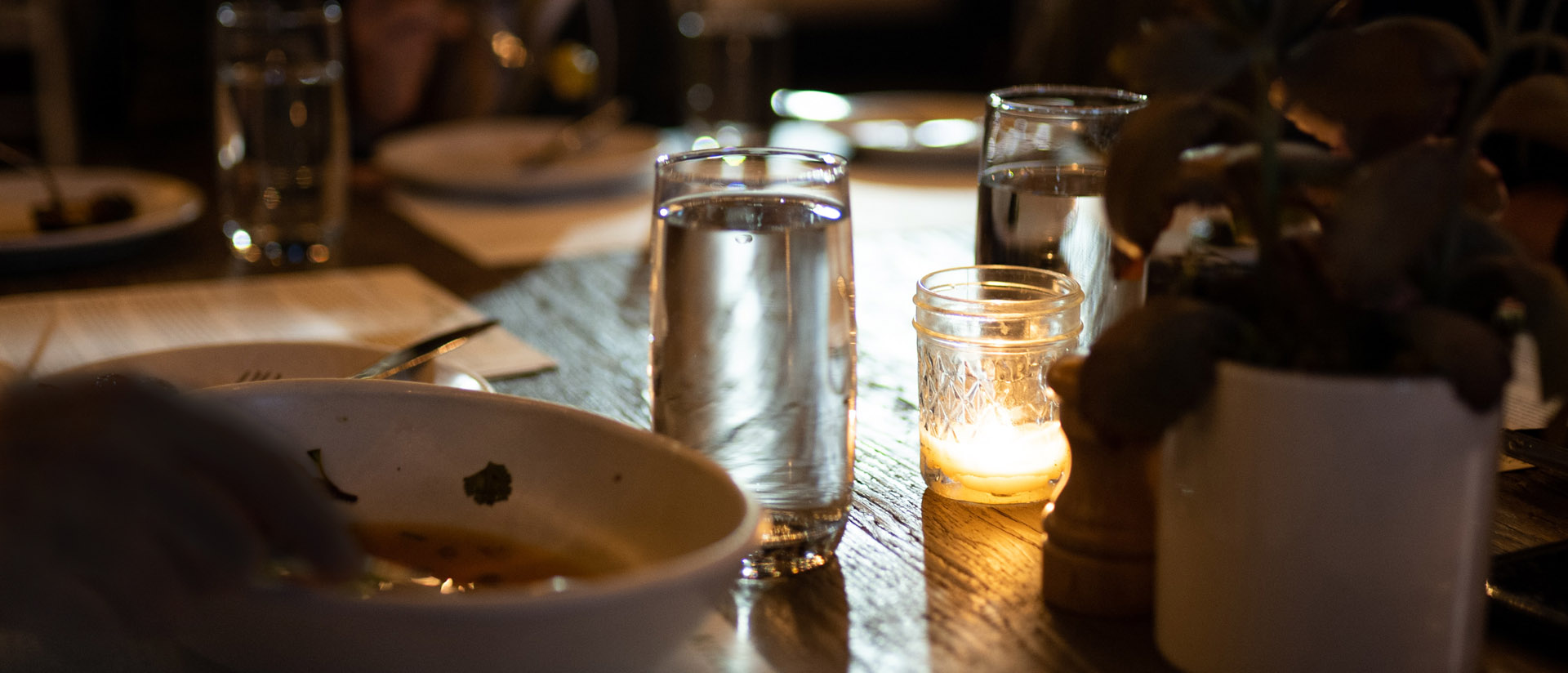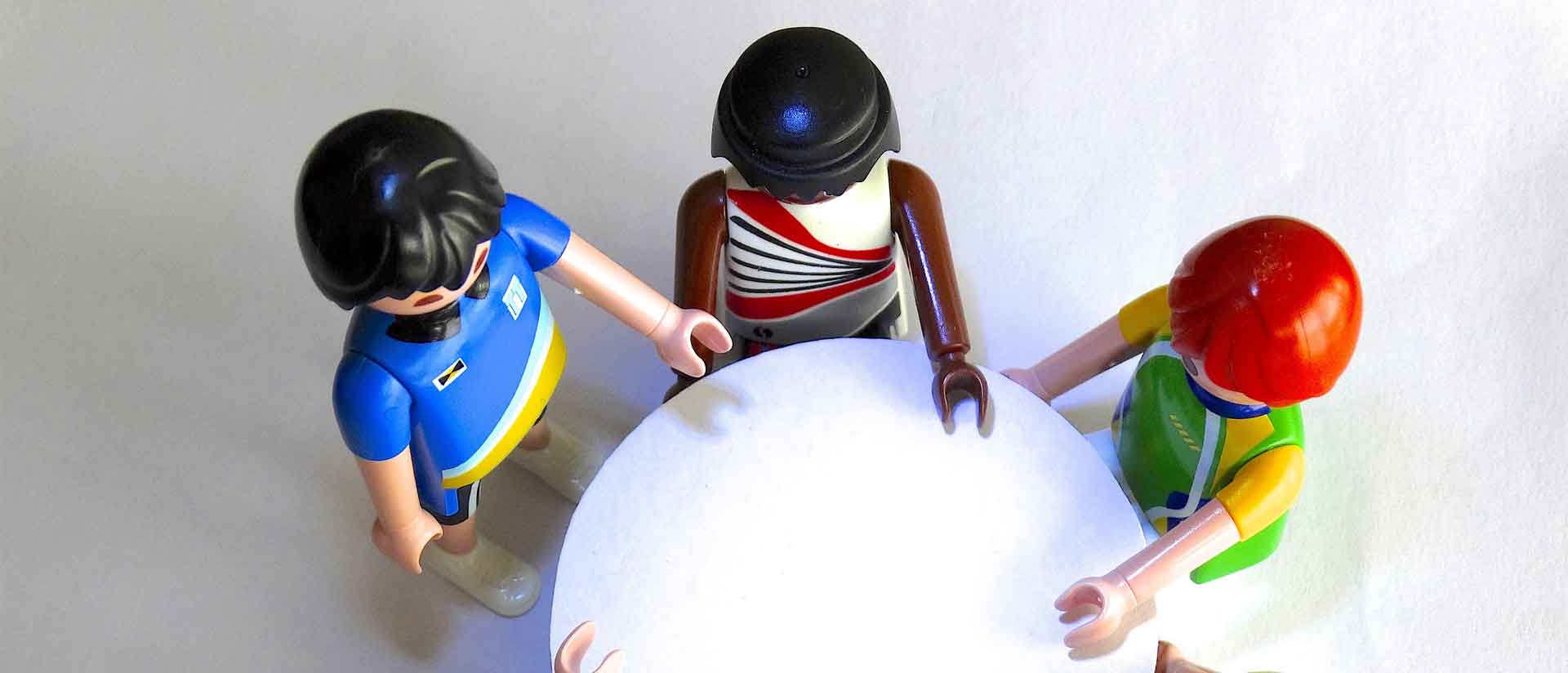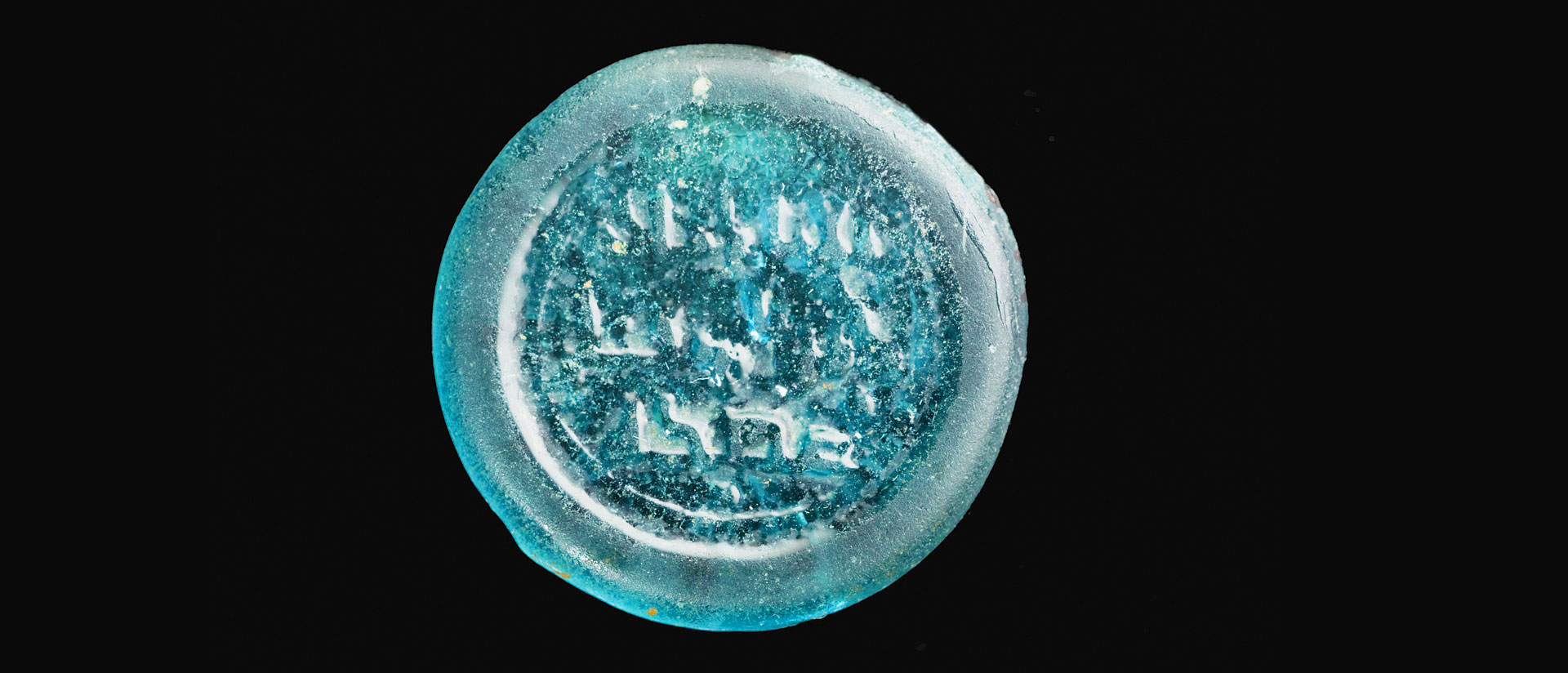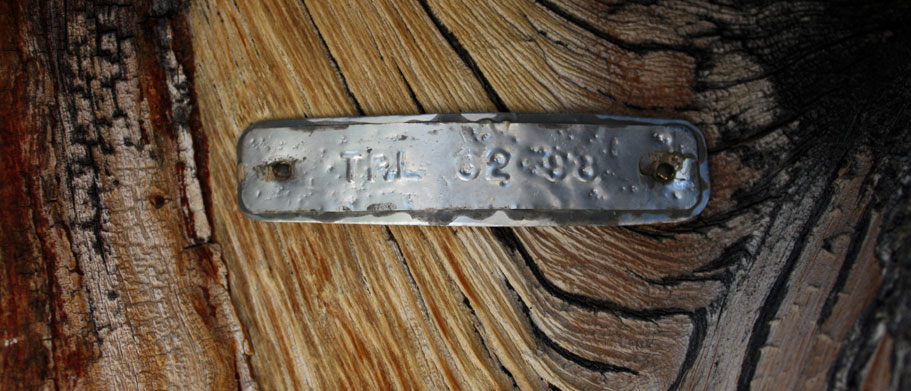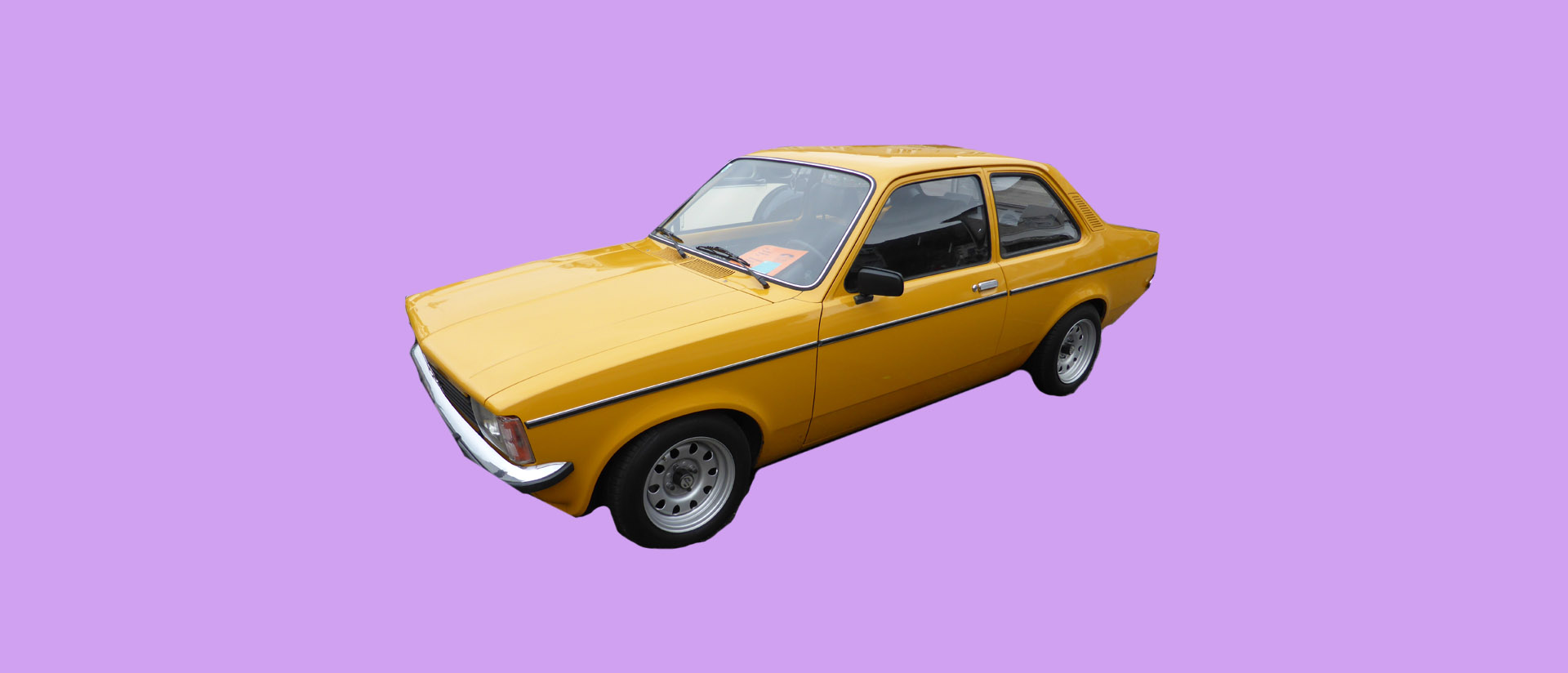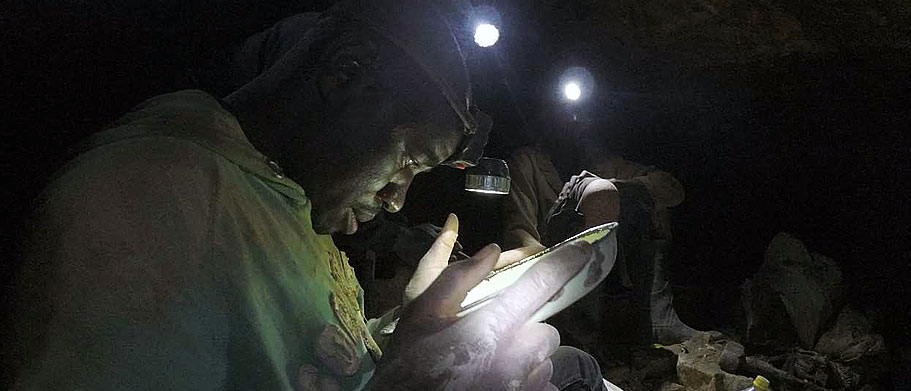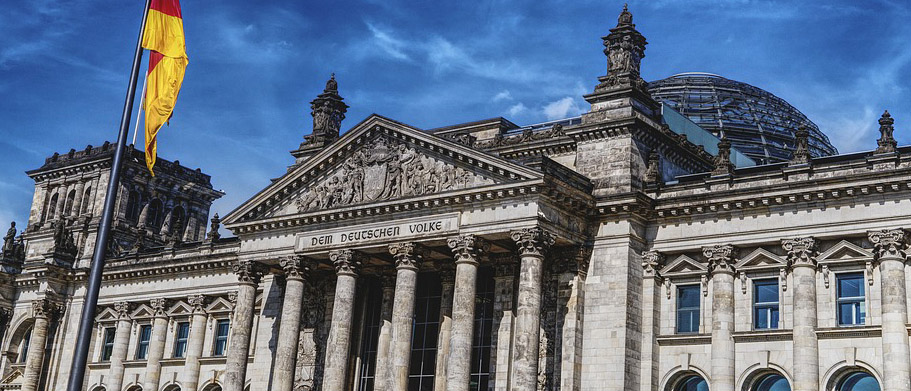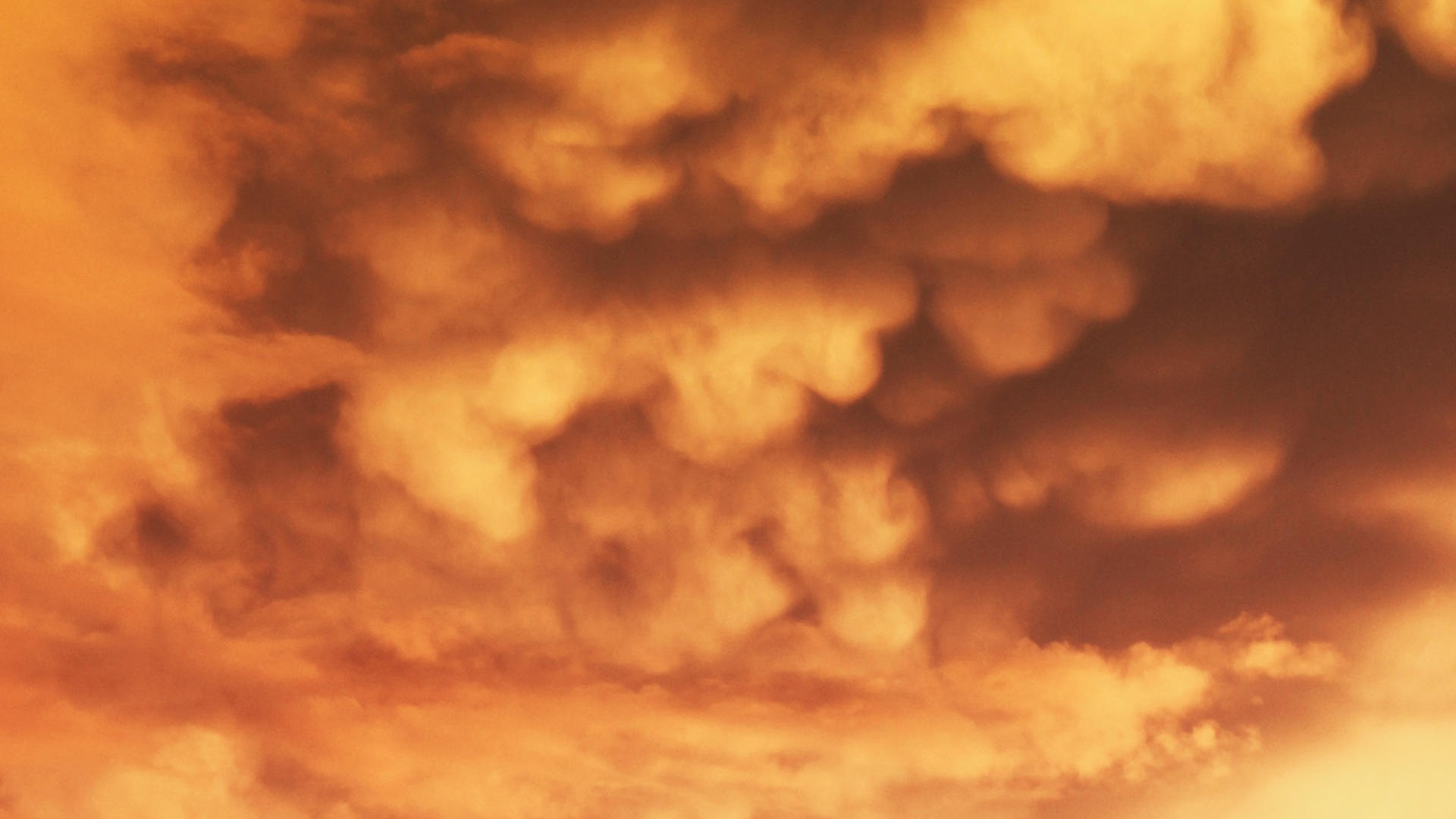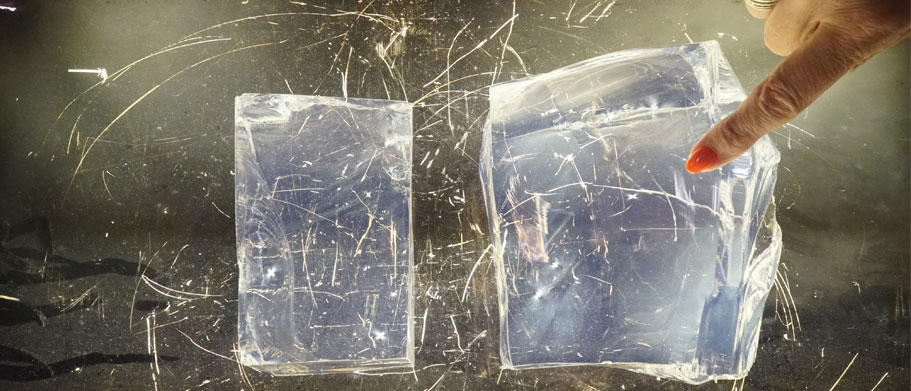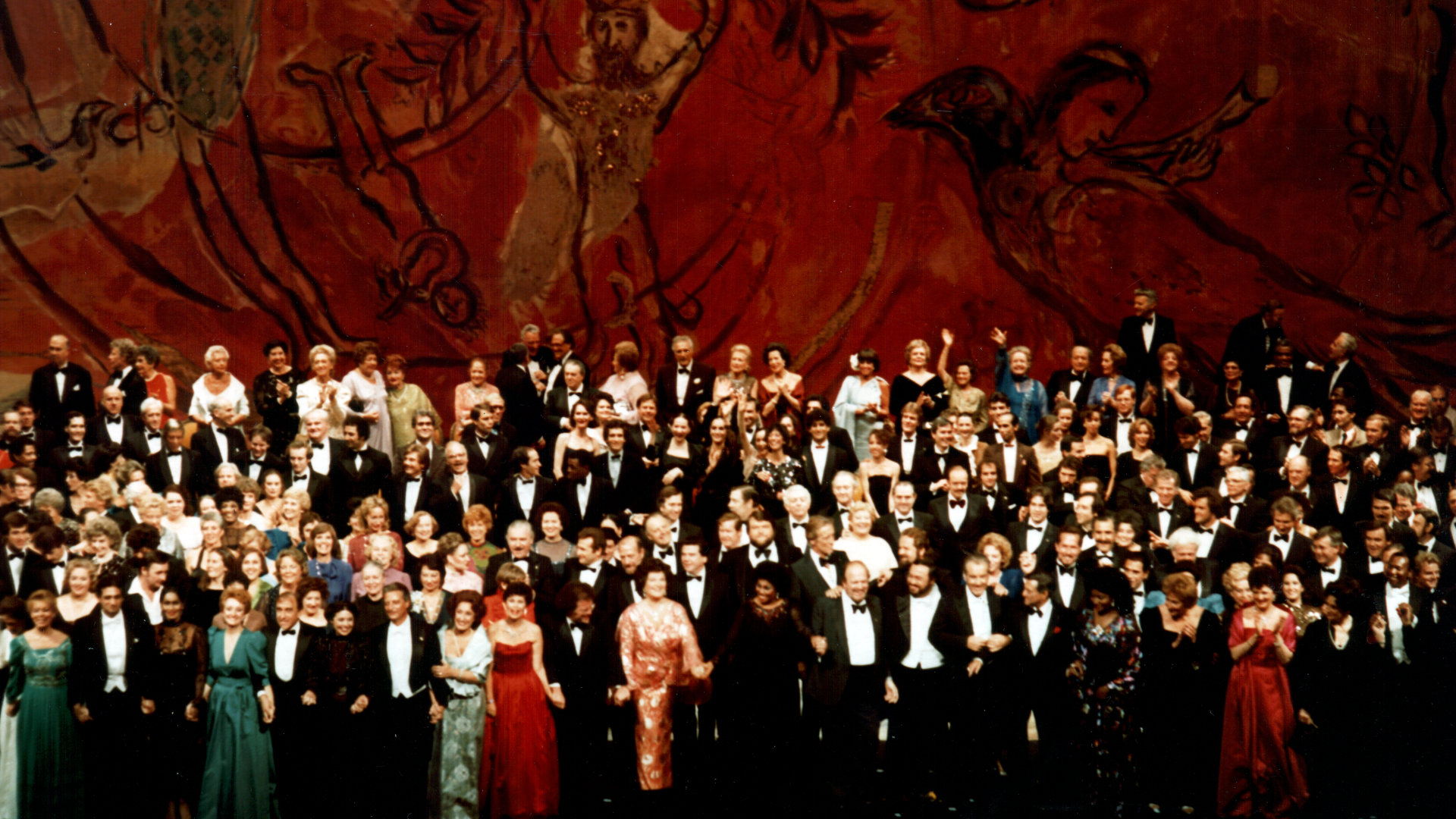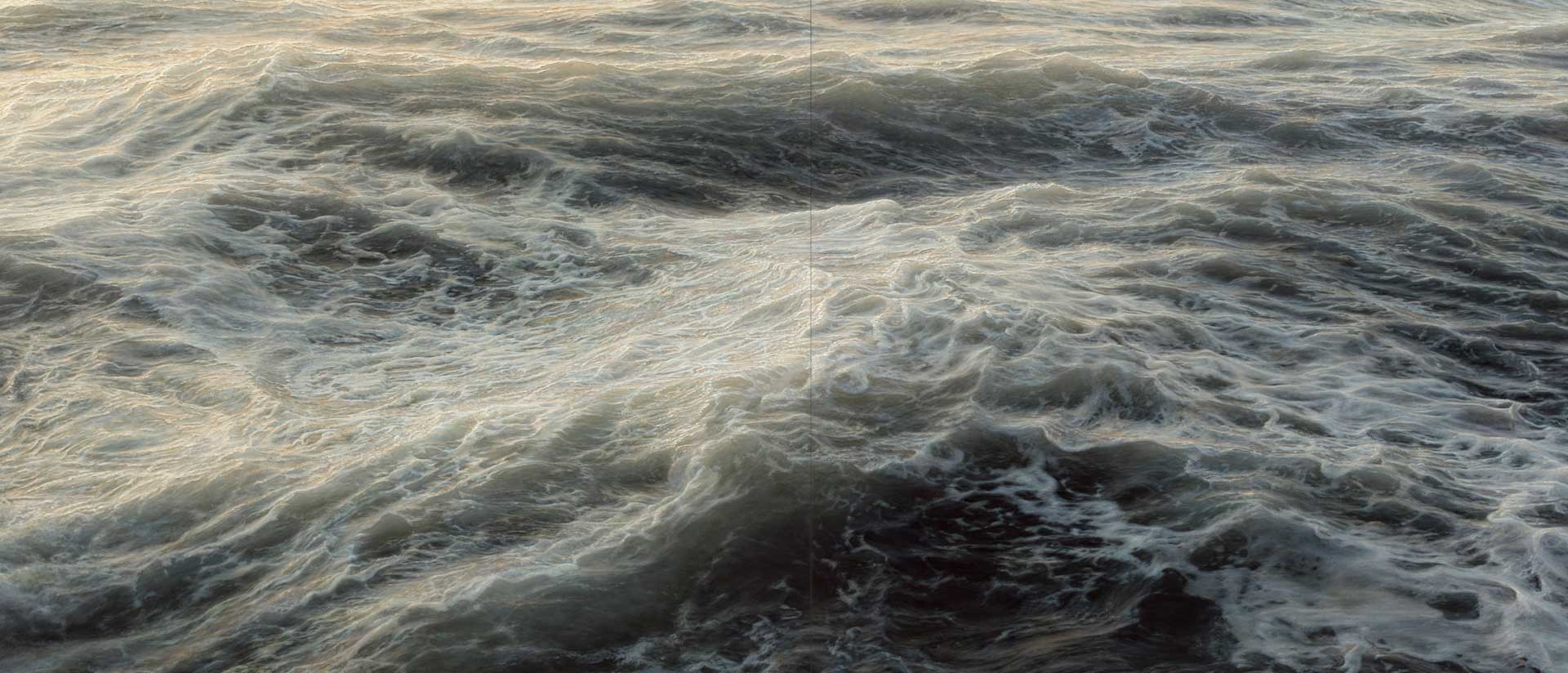
Artist Portfolio: Ran Ortner
Ran Ortner is a California-born artist who grew up in Alaska. He lives and works in Brooklyn, New York. Ortner is known for his large-scale paintings of foaming waves and turbulent movement of opalescent sea water. These motifs evoke the expansive feeling of the reverberating insistence of life and visceral memories Ortner has accumulated through decades of surfing.
In 2009, Ortner won the inaugural ArtPrize competition. Two years later, his Deep Water No. 1 was selected as the visual centerpiece of New York’s famed Le Bernardin. In 2013, the Dutch government commissioned Element No. 5 as the visual centerpiece for the United Nations’ World Water Day at the World Forum in The Hague. In 2015, two of Ortner’s large paintings were displayed at 7 World Trade Center, at the invitation of Larry and Klara Silverstein. Element No. 1 was subsequently acquired and is permanently installed in the building’s lobby. His first major solo exhibition was at the Robert Miller Gallery in New York, from January 14 to Febuary 20, 2016.
These, This (considering Ran Ortner)
by Michael Cunningham
We’re talking about wonder and obliteration.
We’re talking about how it can be difficult to distinguish the one from the other.
“Our age not only does not have a very sharp eye for the almost imperceptible
intrusions of grace, it no longer has much feeling for the nature of the violences which precede and follow them.” – Flannery O’ Connor
Artists are here to tell us that we do in fact see what we think we see, and, at the same time, that what we think we see is always more complex, more remarkable, more terrifying than our eyes are able to admit.
“There is one knows not what sweet mystery about this sea, whose gently awful stirrings seem to speak to some hidden soul beneath.” -Herman Melville
It seems that the oceans will be the first to signal our last end.
It seems that, even now, the water is beginning to take us back.
And yet, there’s beauty in it. Strange, don’t you think? Or, maybe, not so strange: the allure of submergence, our desire to be devastated, to be freed even of our bodies.
Those are, after all, pearls that were his eyes…
Aren’t we at least a little bit in love with that which would pull us under?
Aren’t we witnesses, all of us, to our own vanishing worlds?
Ran said to me the other night, when we were in his studio together, “It’s not the ocean, it’s the ocean seen.”
It’s the ocean contemplated as intently as a monk contemplates the Holy Word. It’s the ocean worked and reworked until it looks more like itself than it would if we were standing on the beach, looking right at it.
It’s the ocean so furiously remembered that it’s kept alive.
Ran wrote to me, in an email: “I feel I am looking very directly at the heightened moment, at the moment that’s fully insisting. It’s the insistence of beauty, the dispassionate nature of this insistence, and it just keeps coming, like a freight train.”
It just keeps coming.
Like a freight train.
Michael Cunningham is a senior lecturer at Yale University and the Pulitzer Prize-winning author of six novels.

